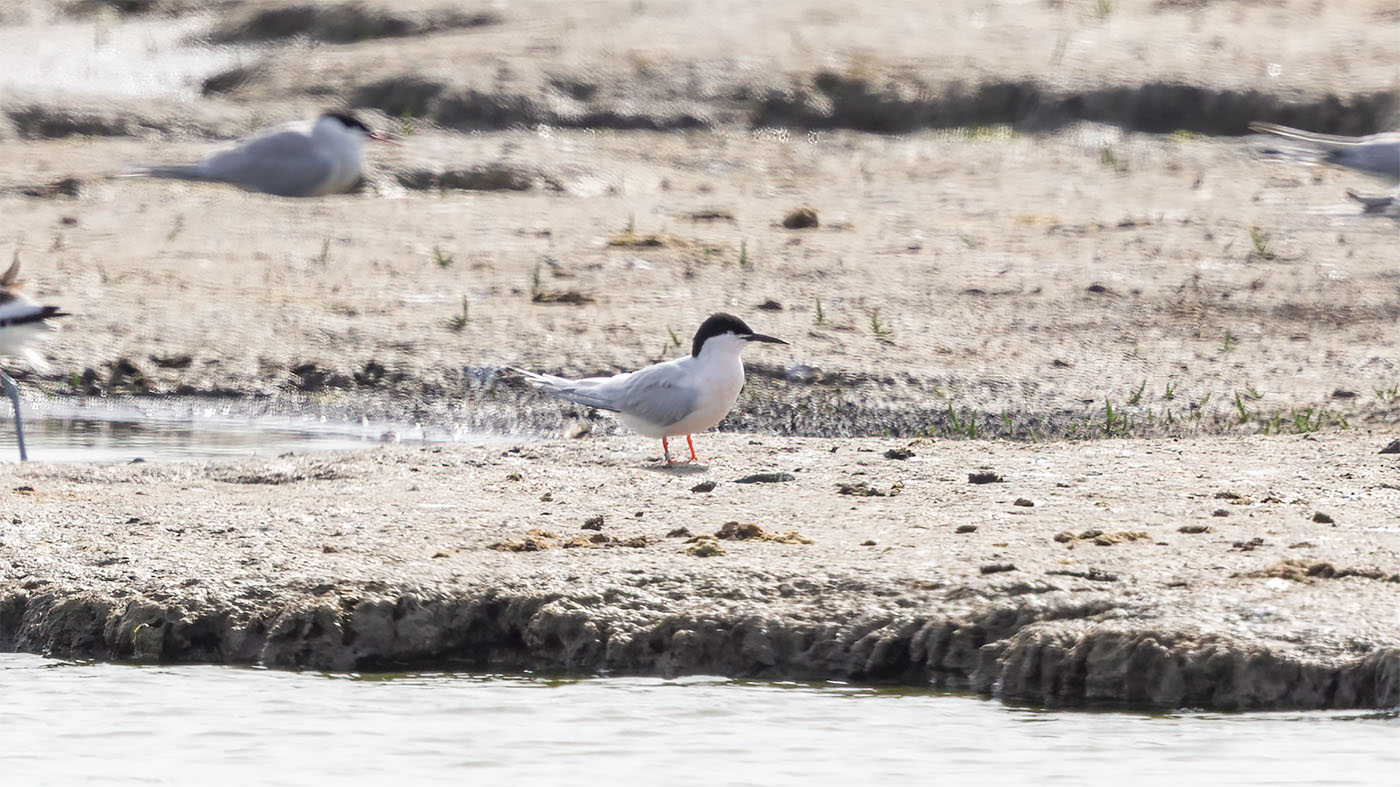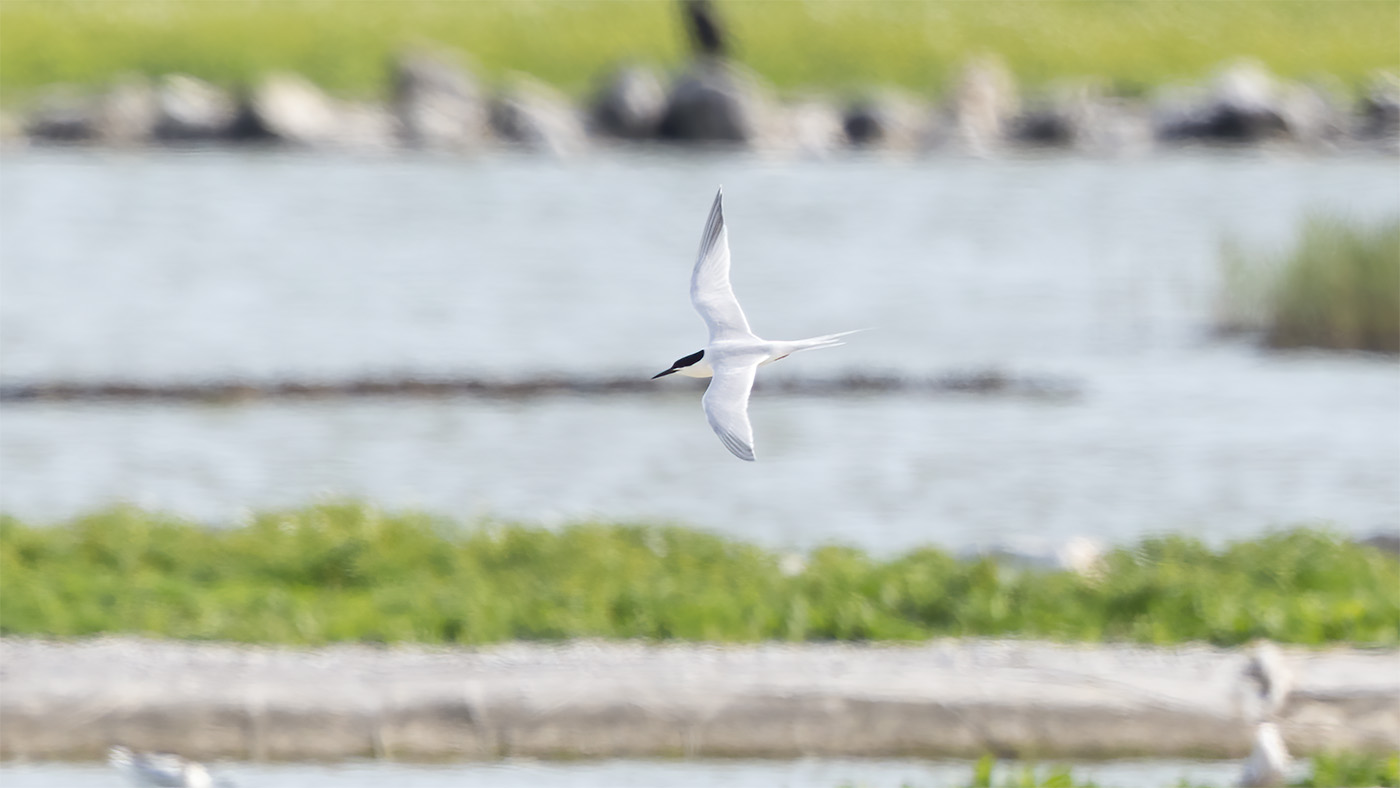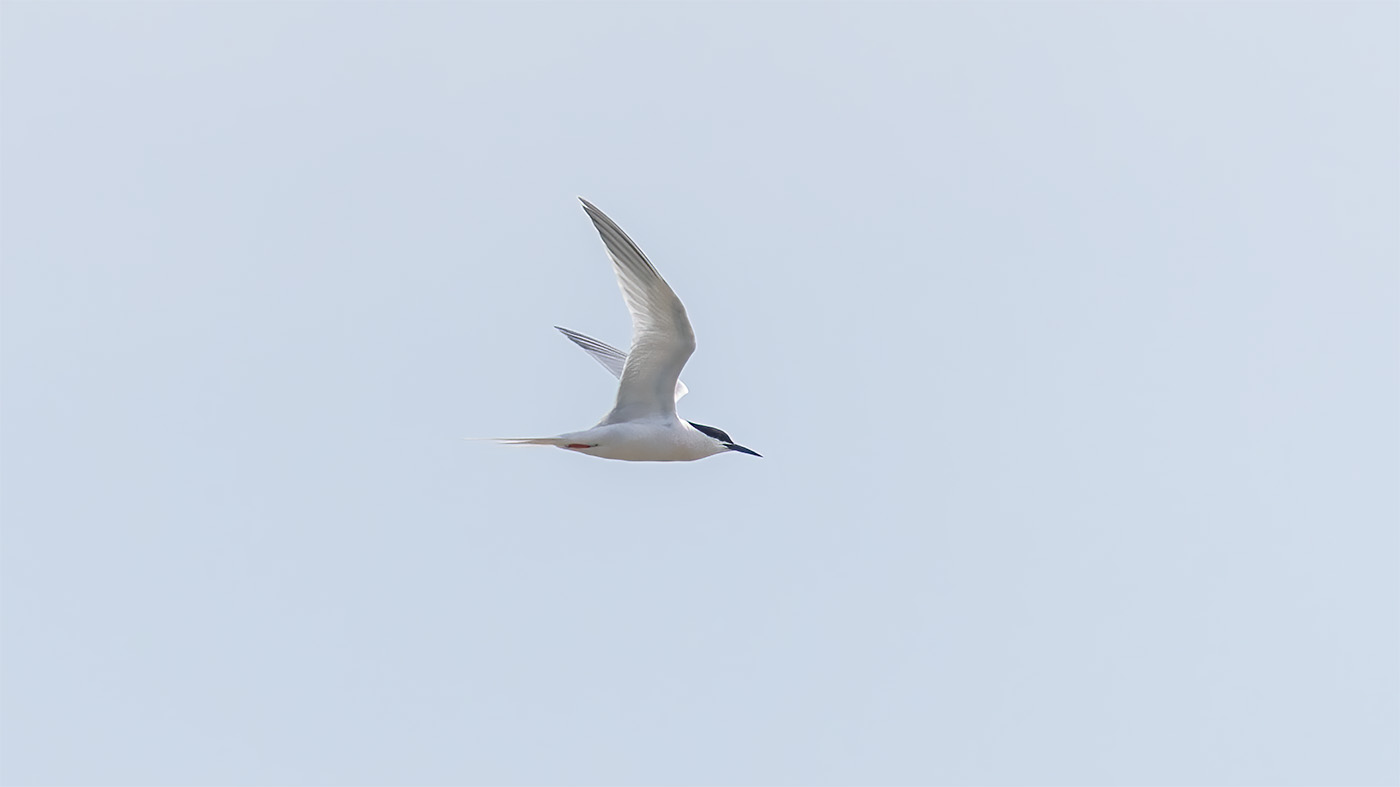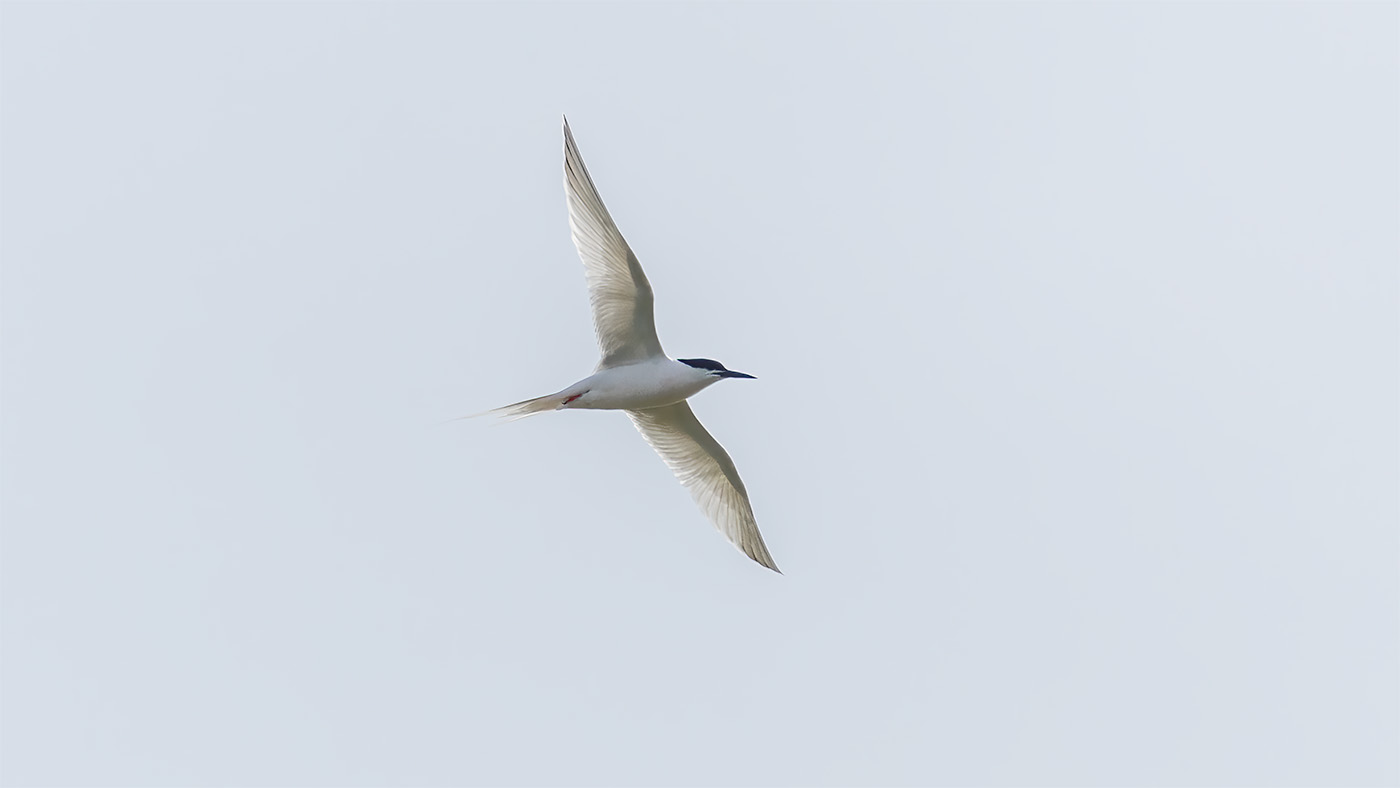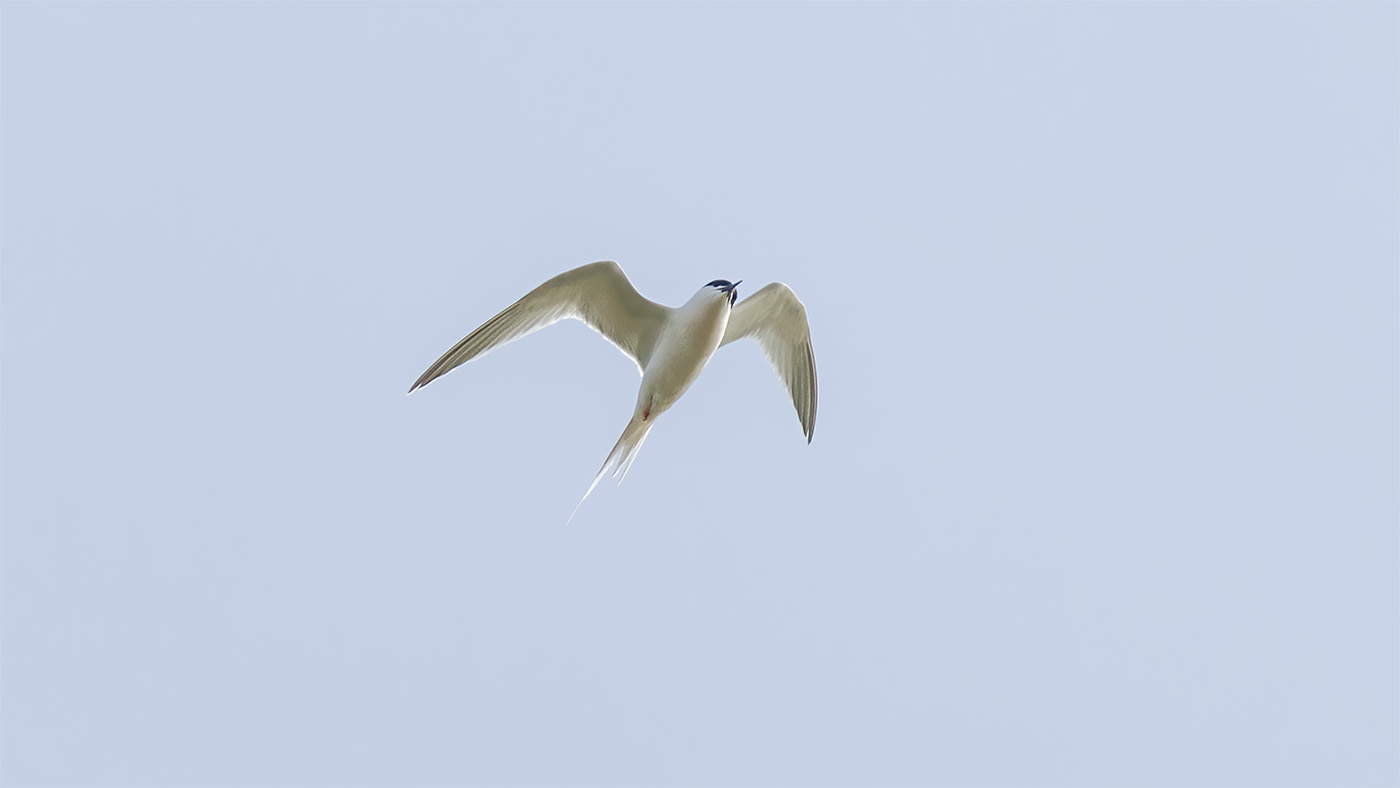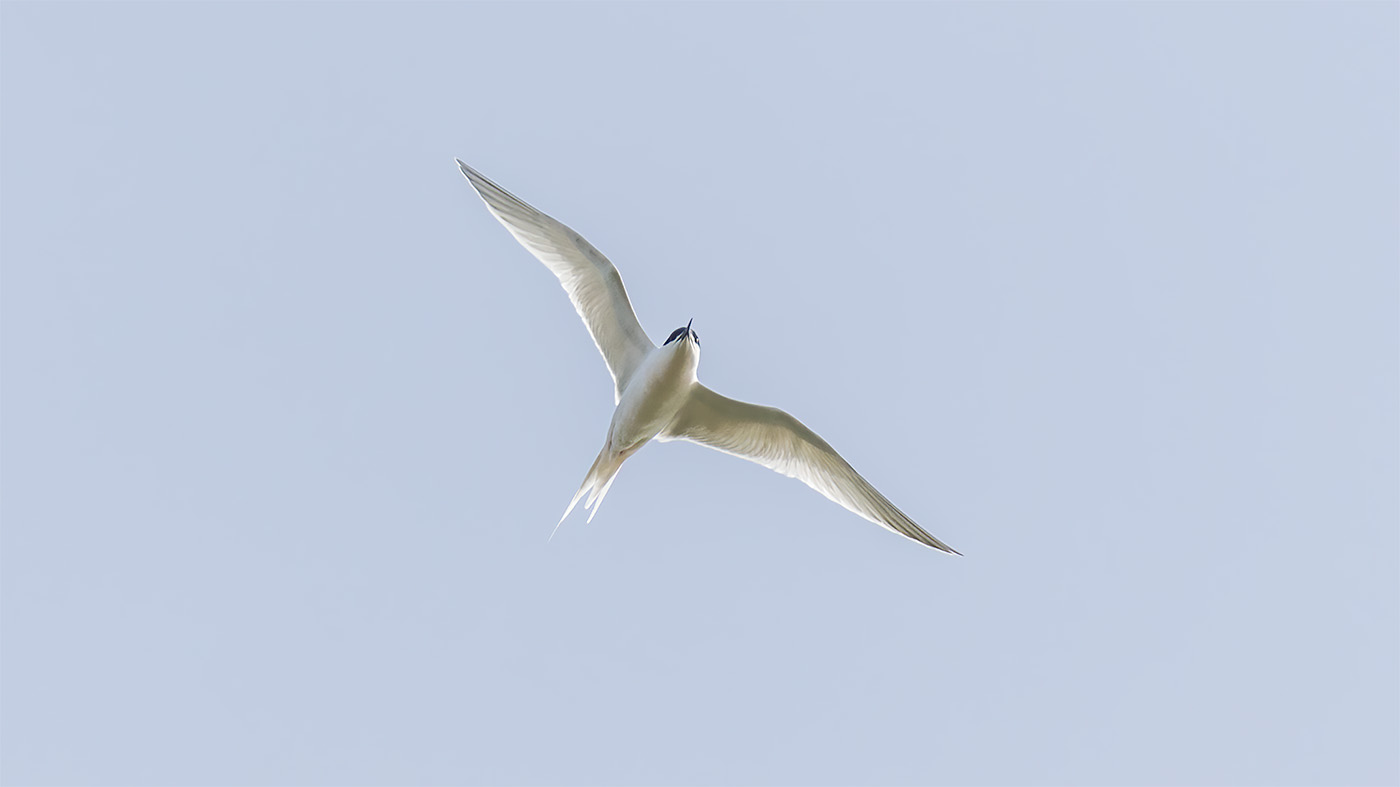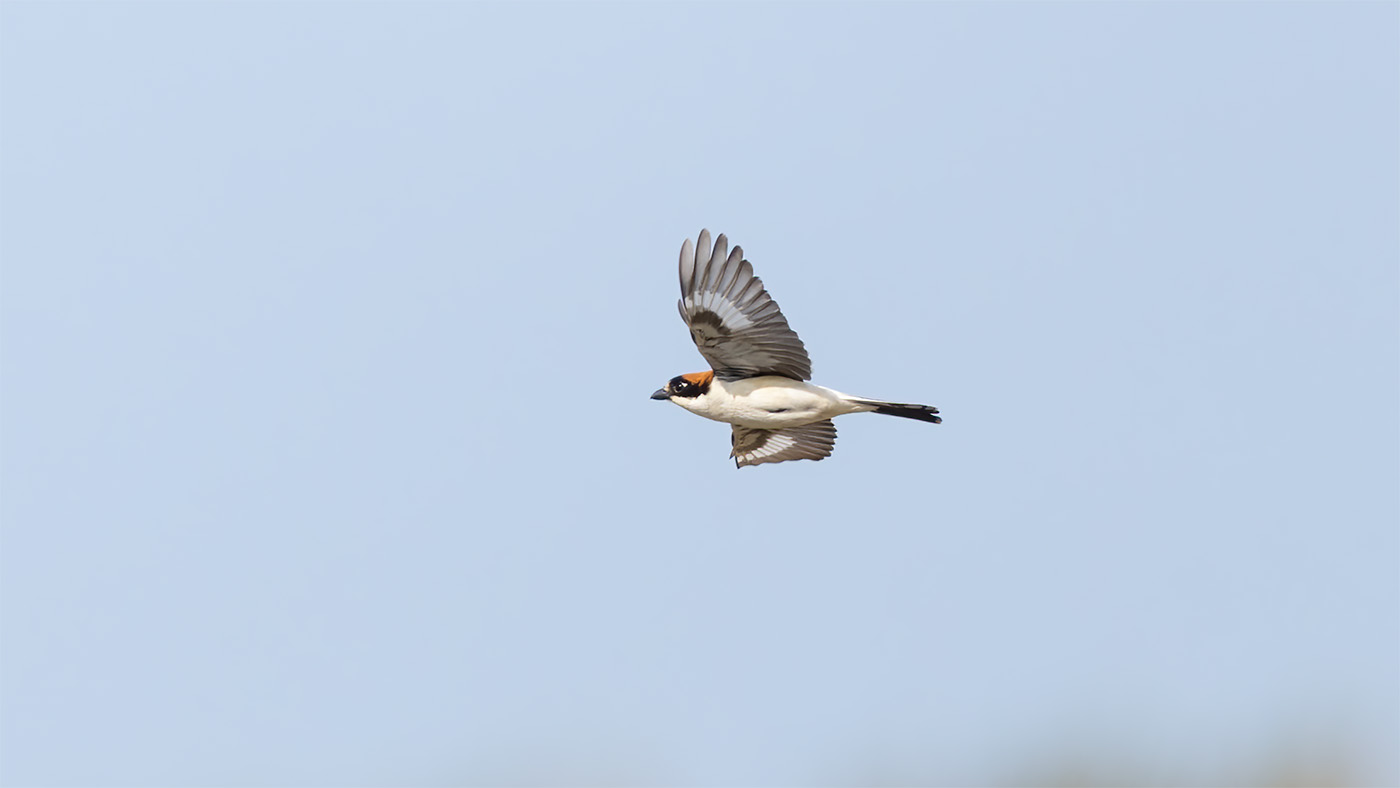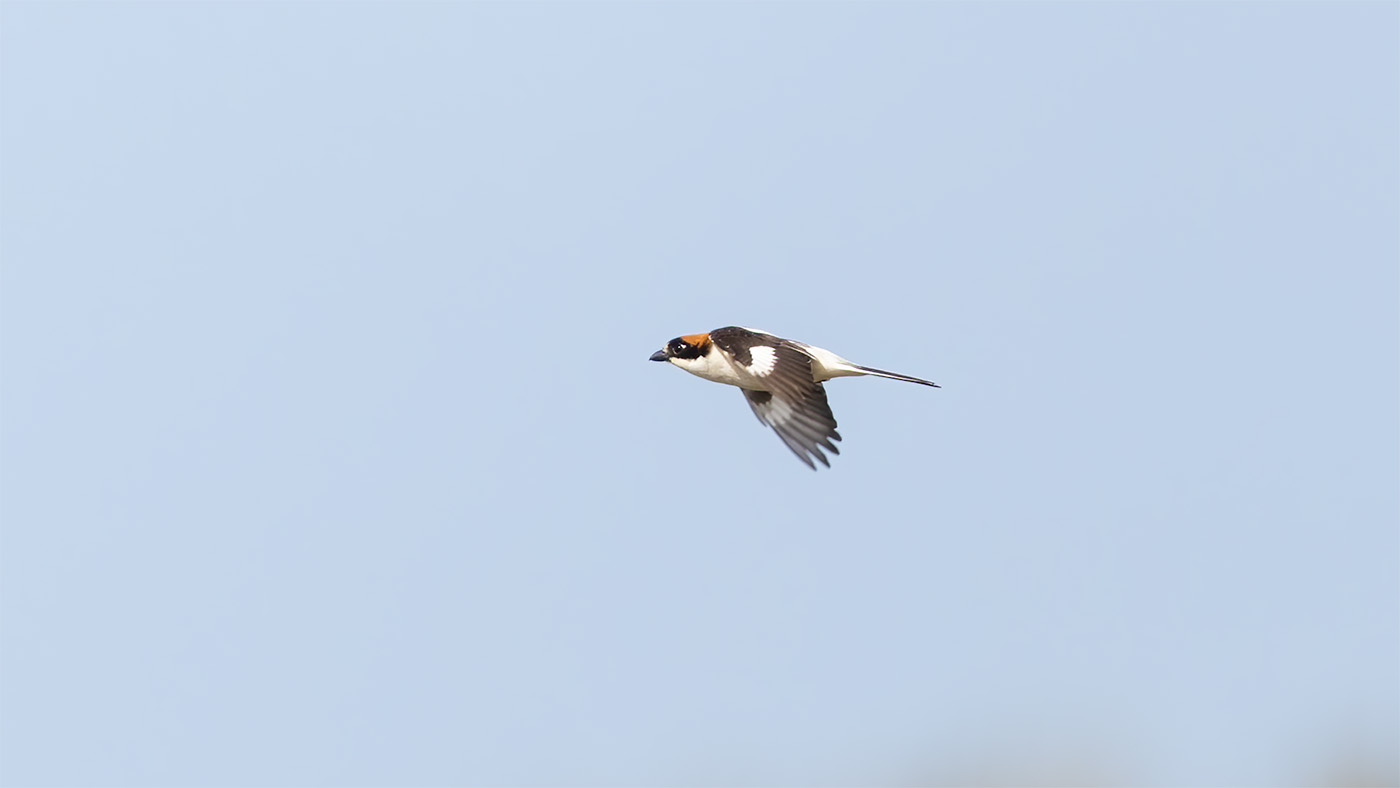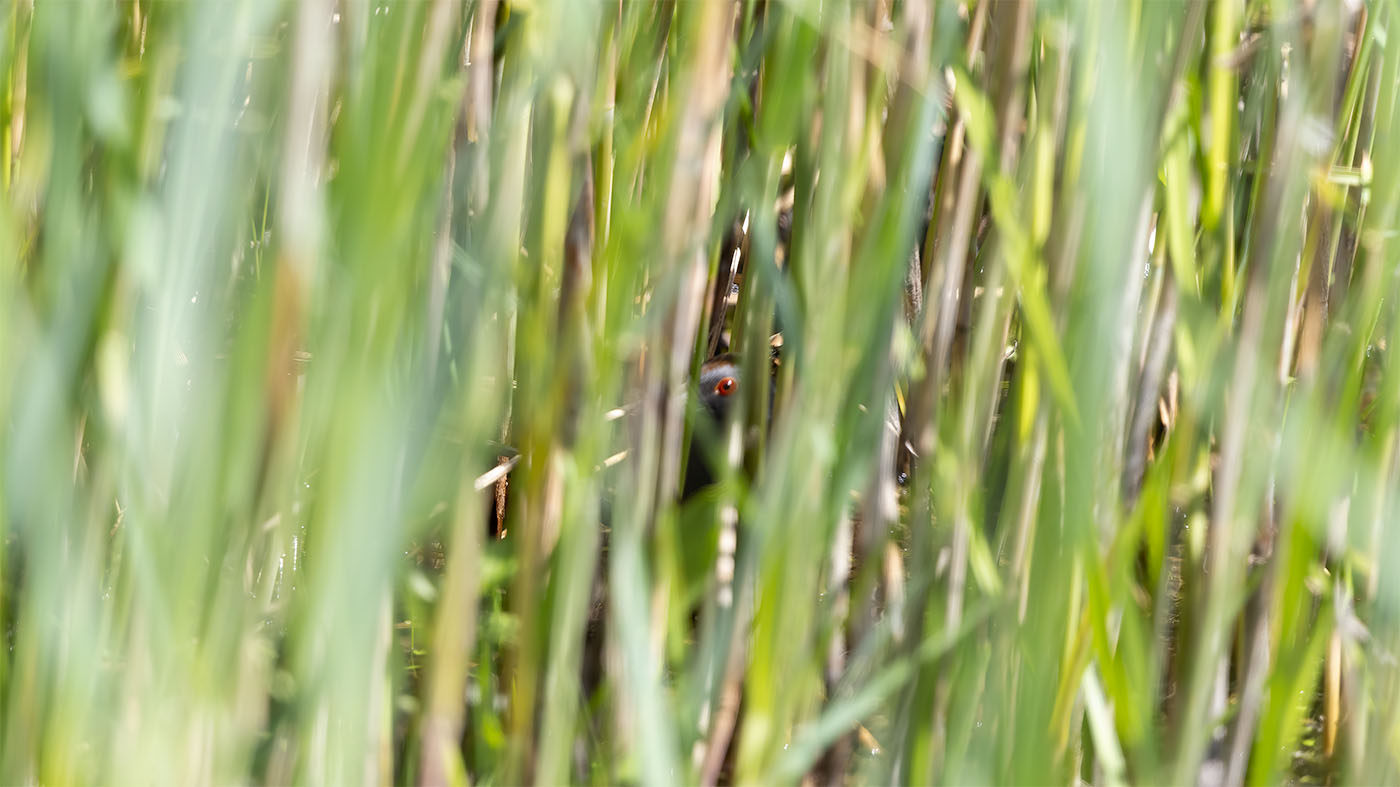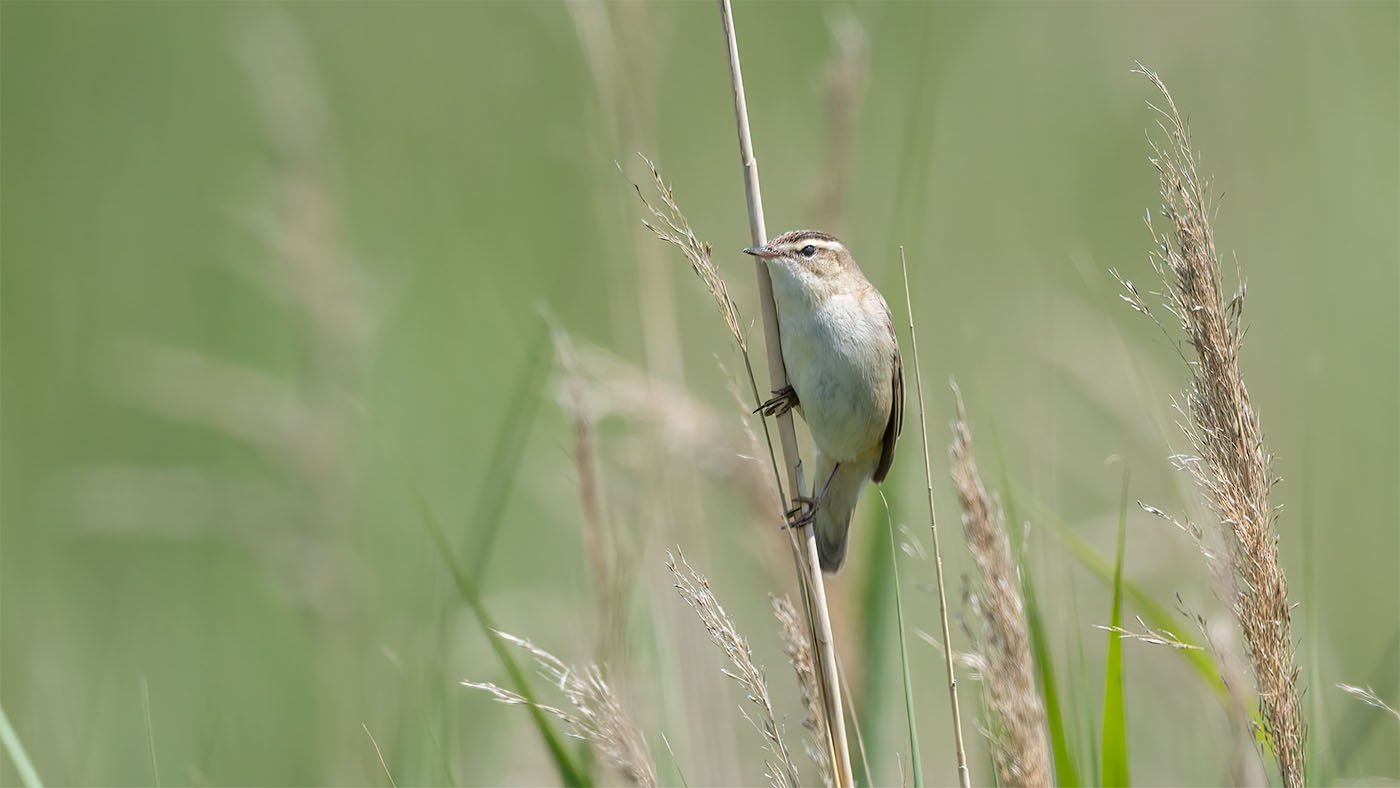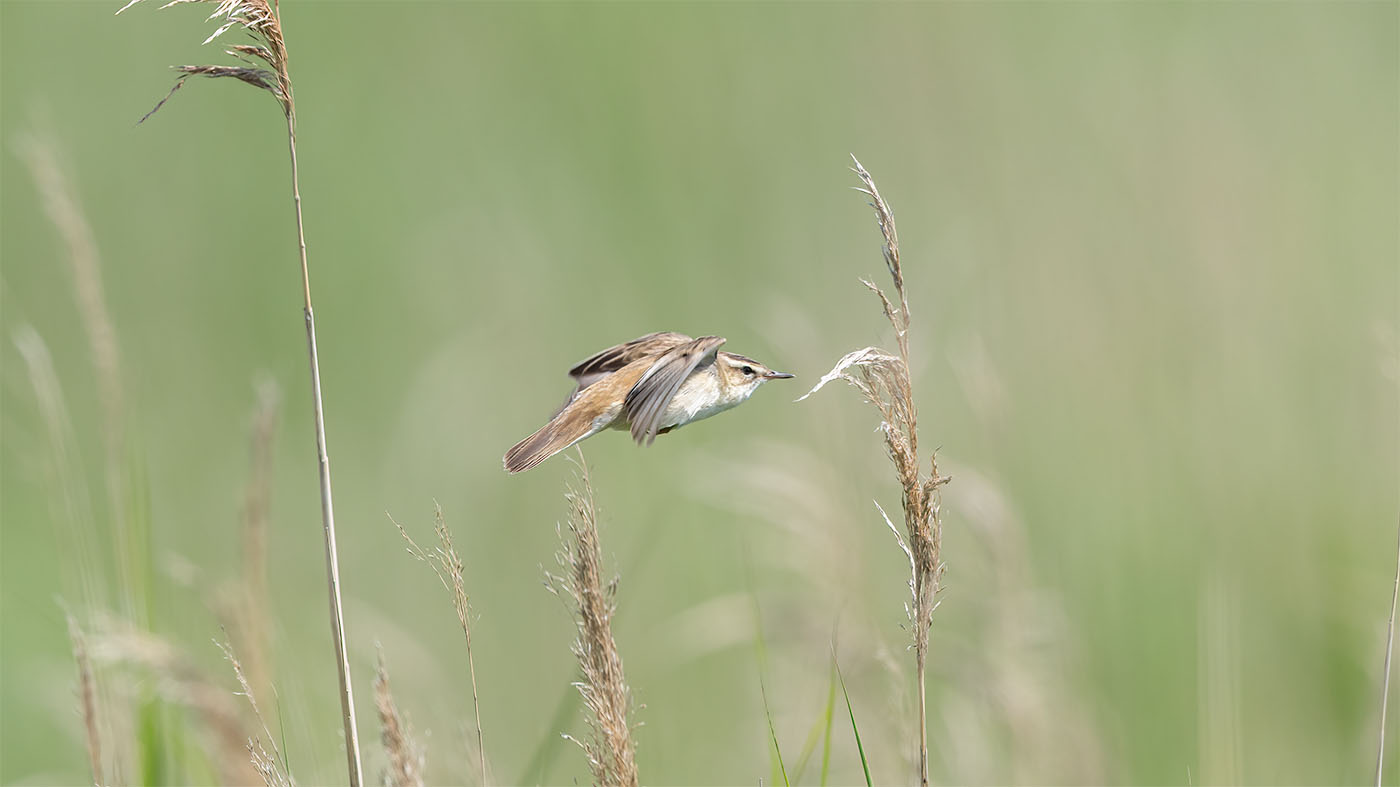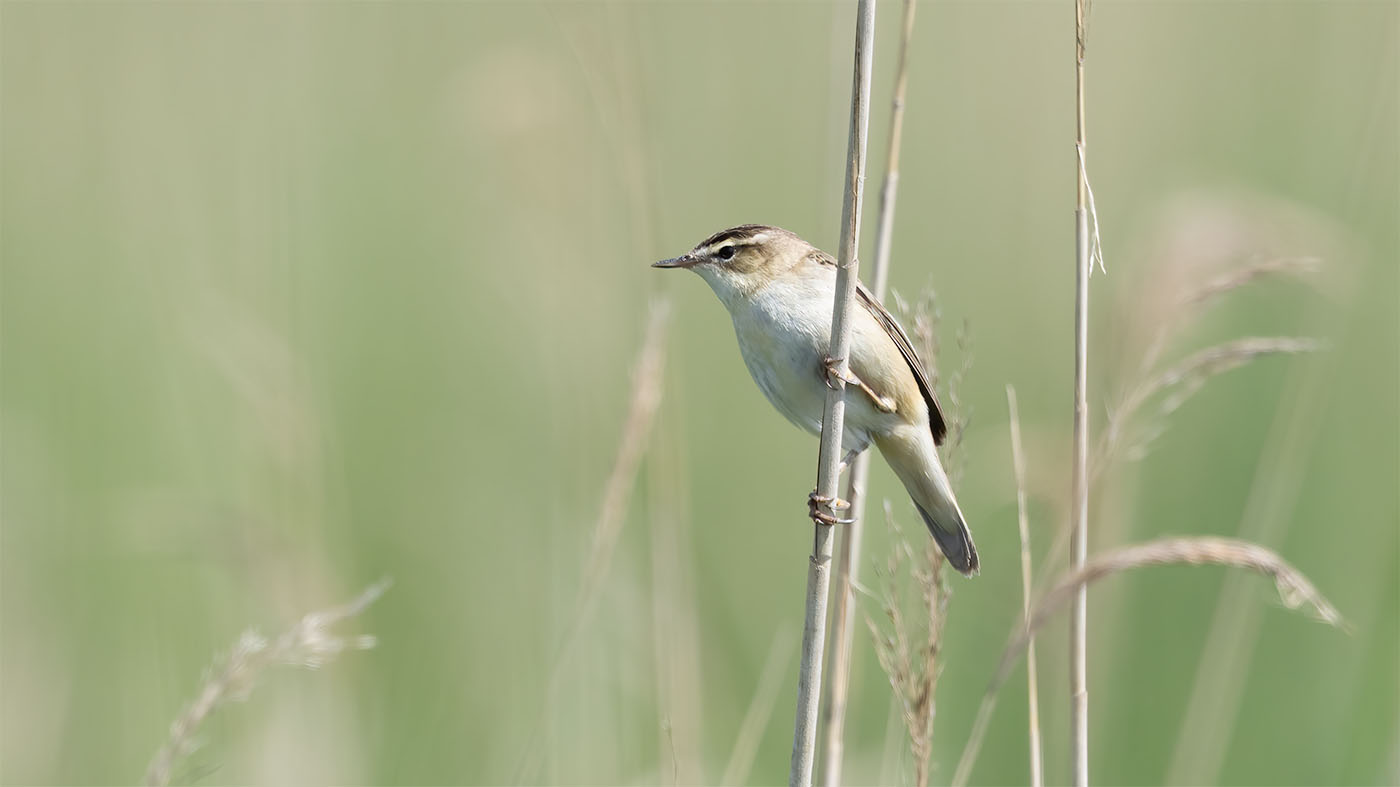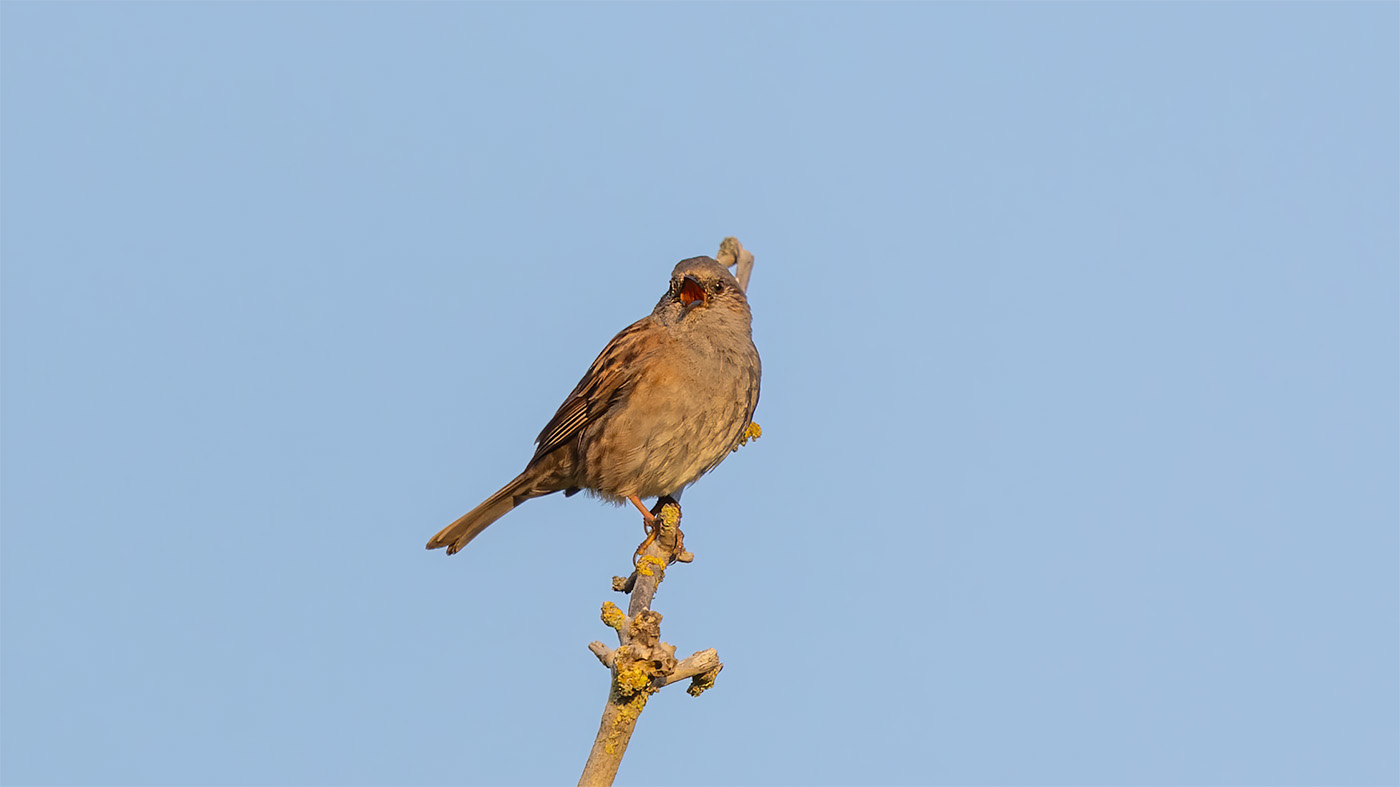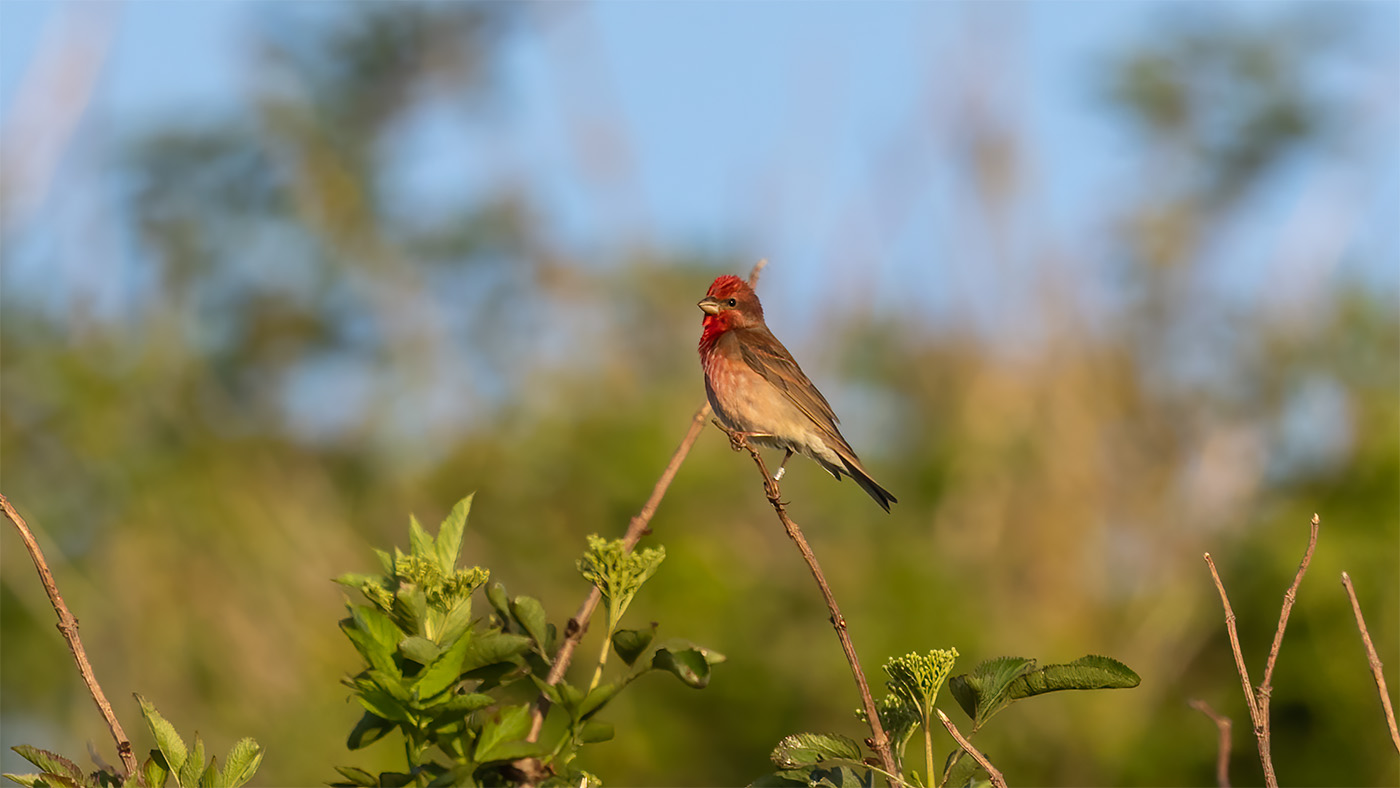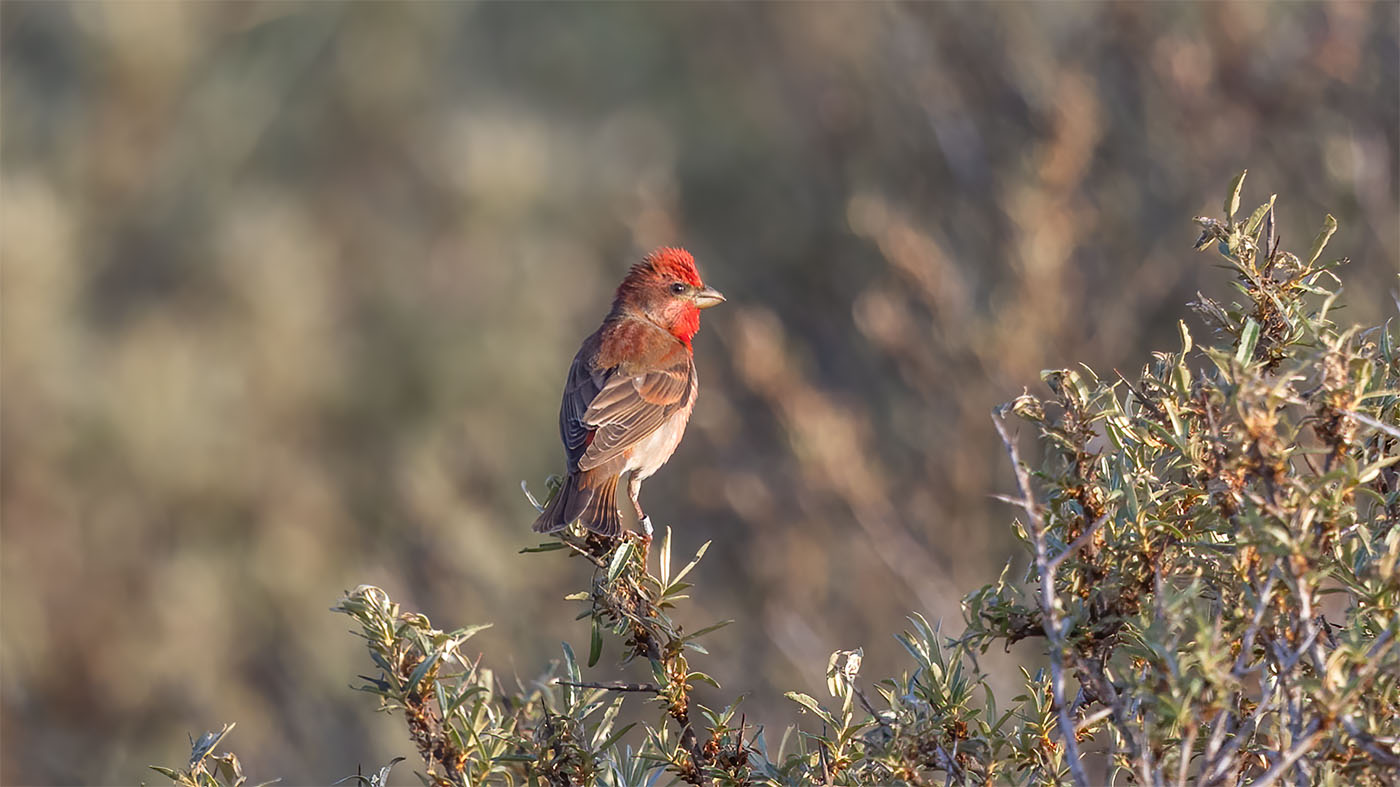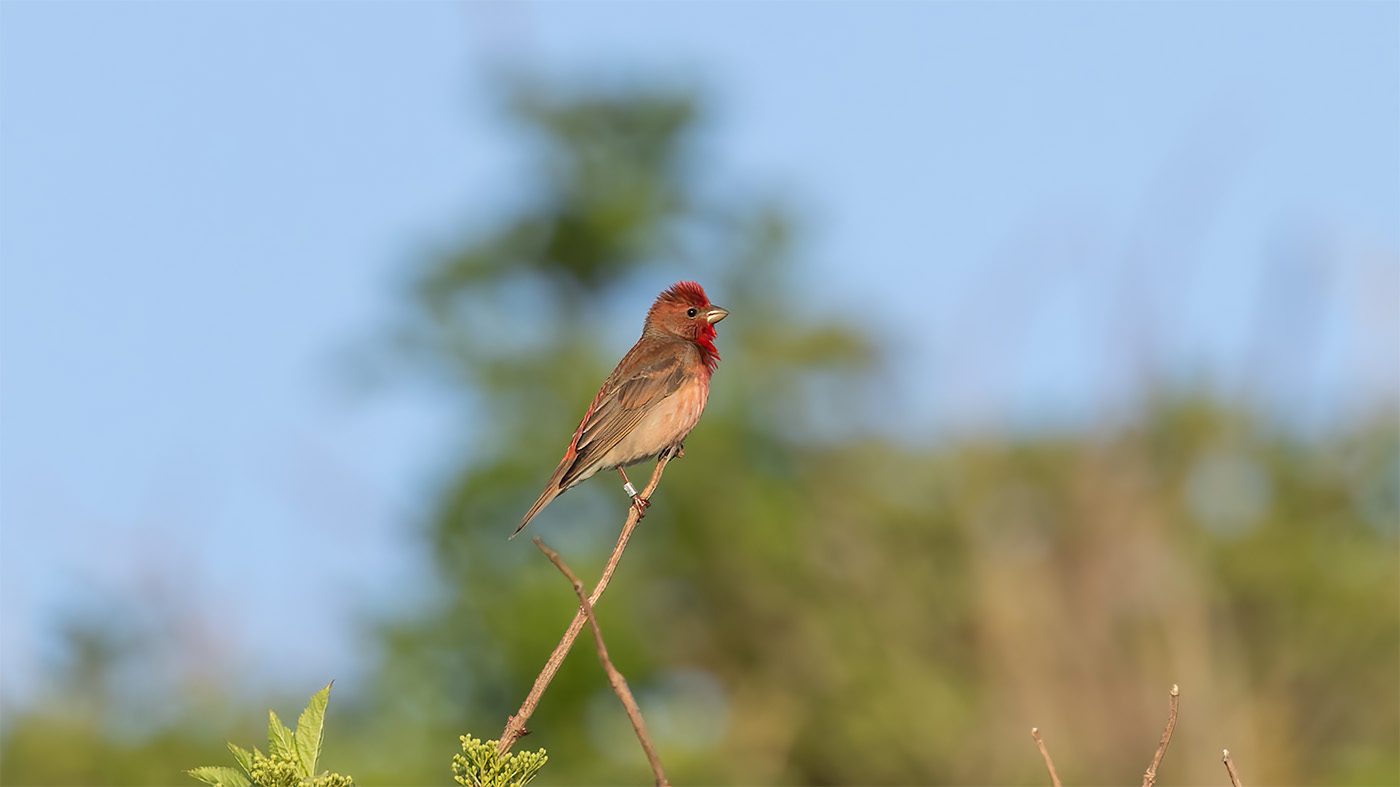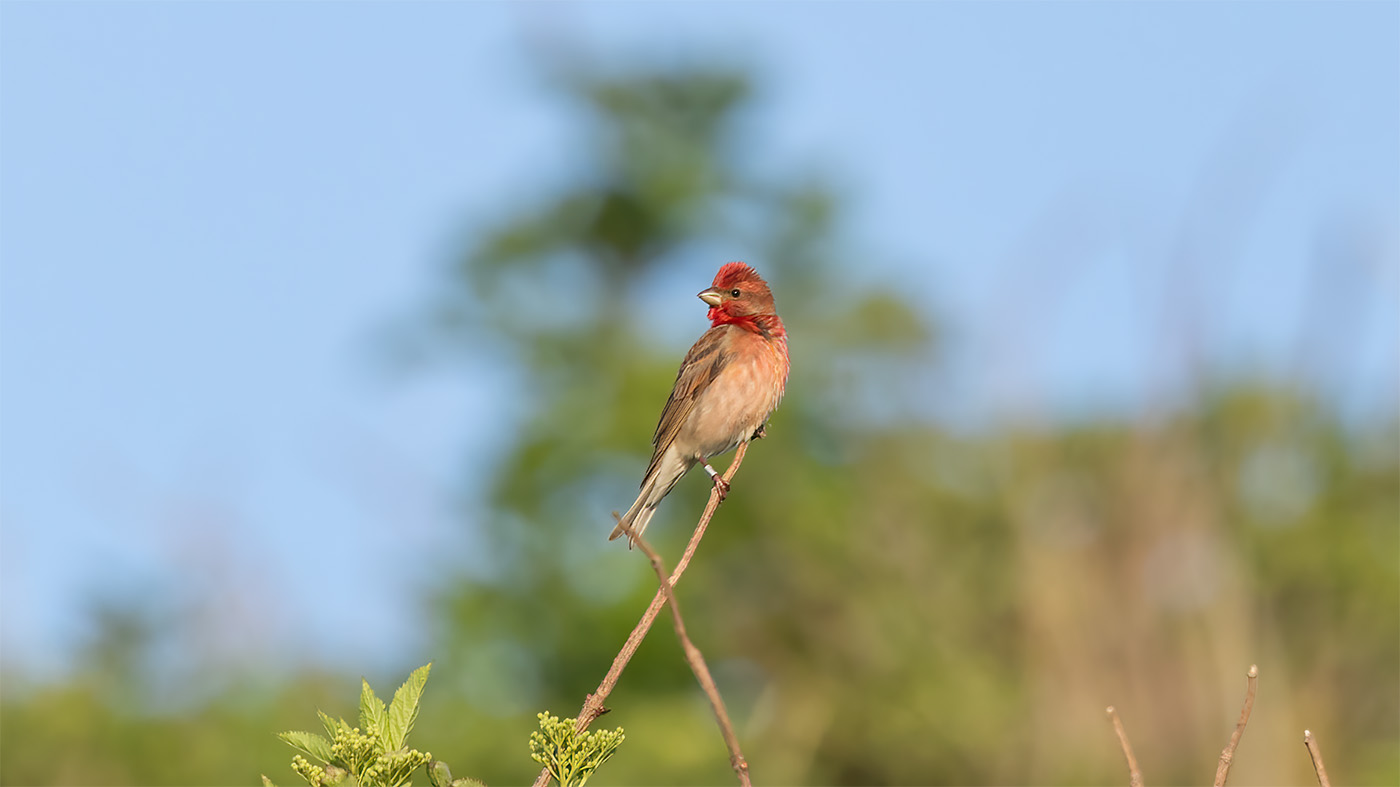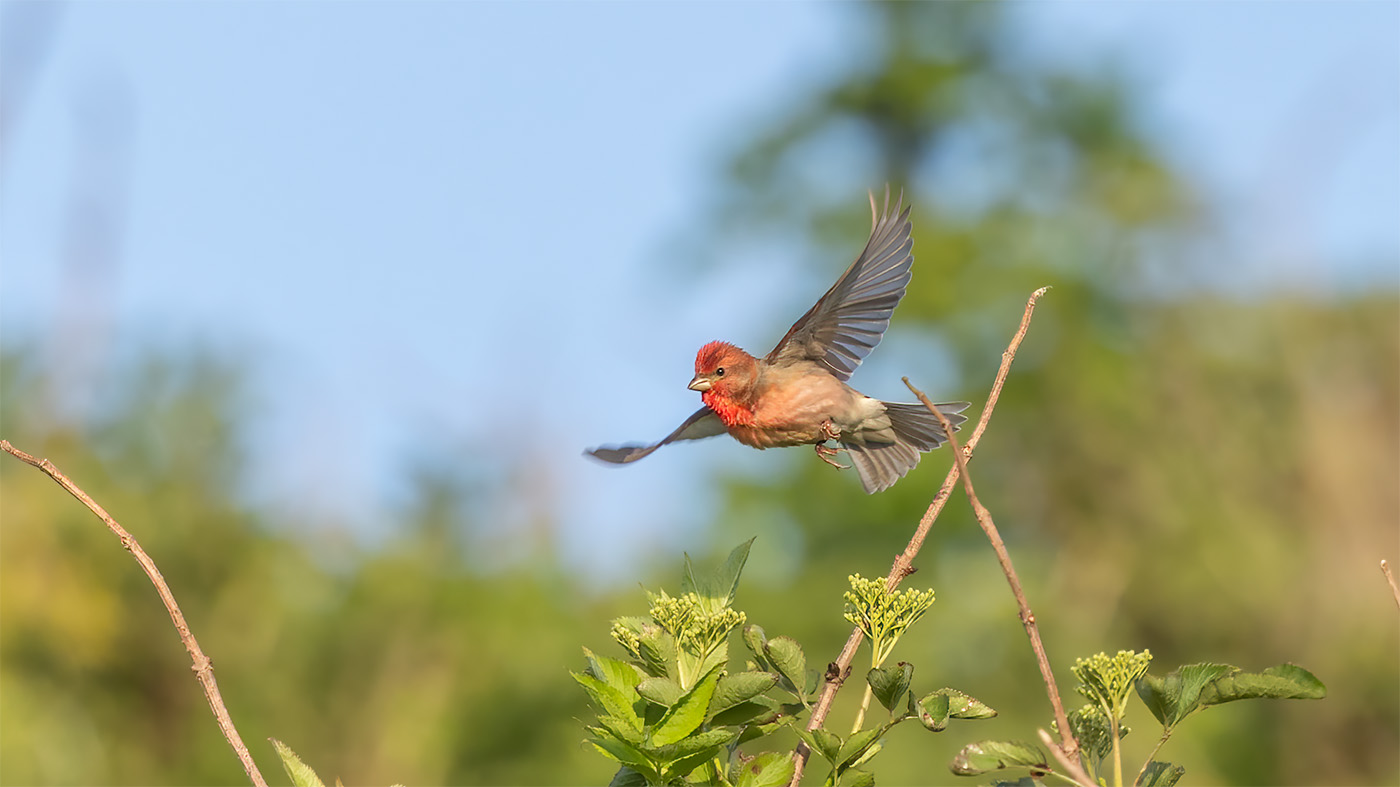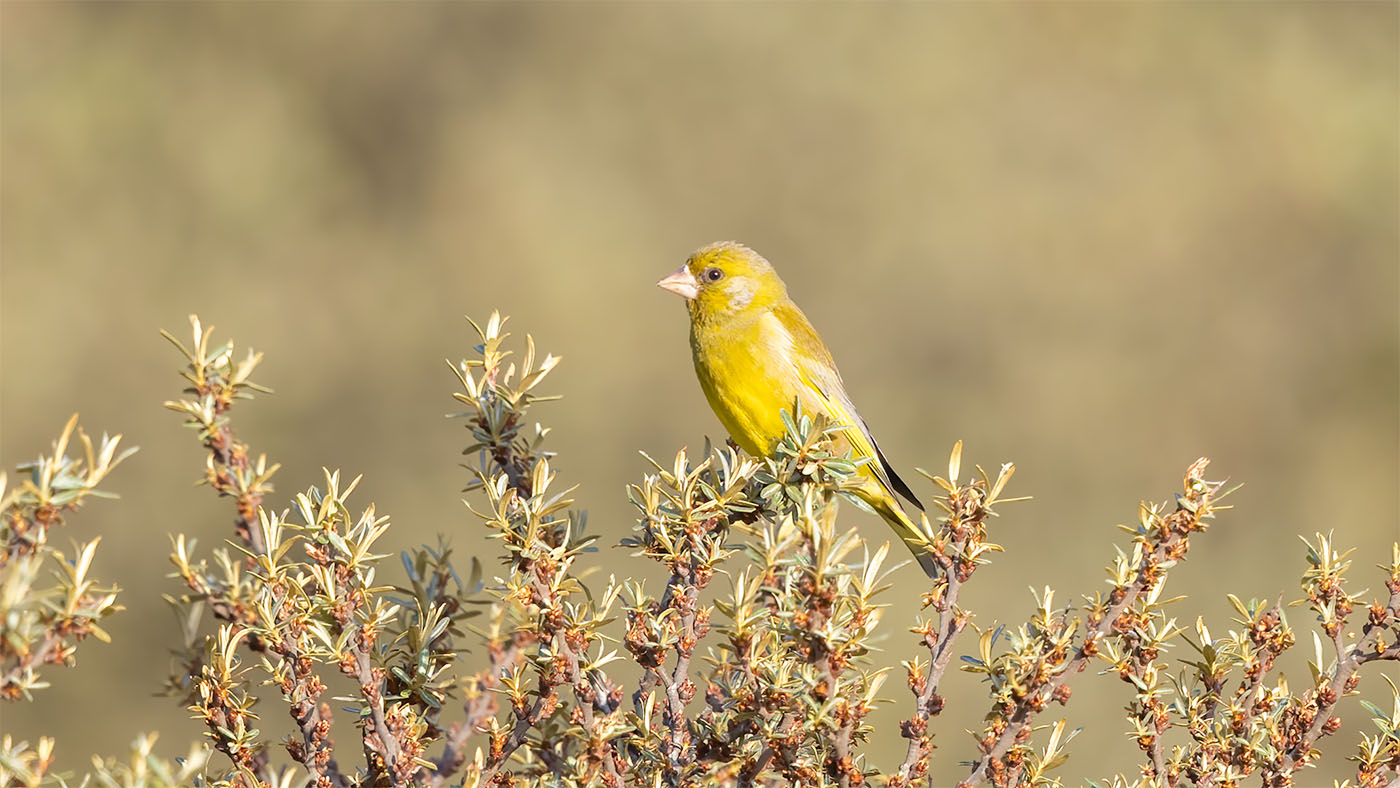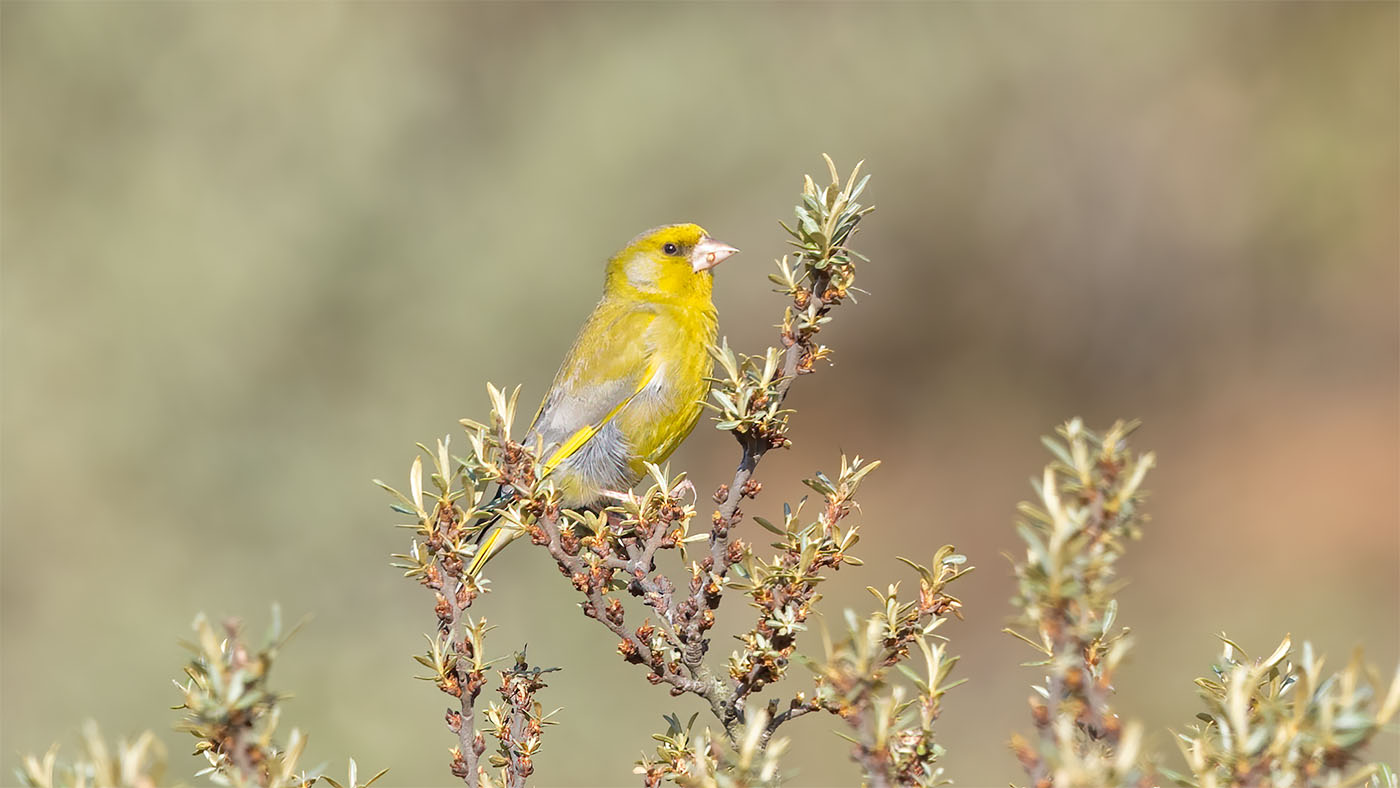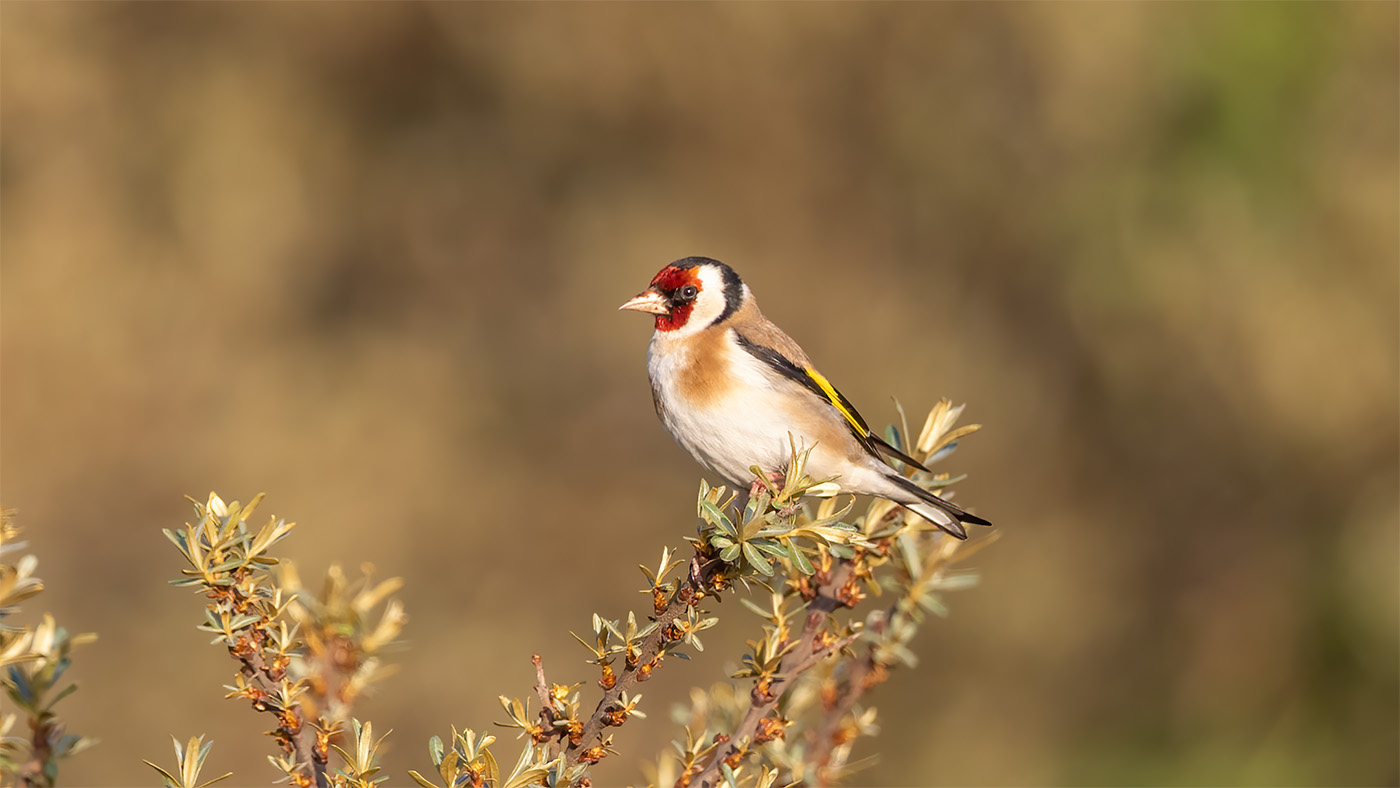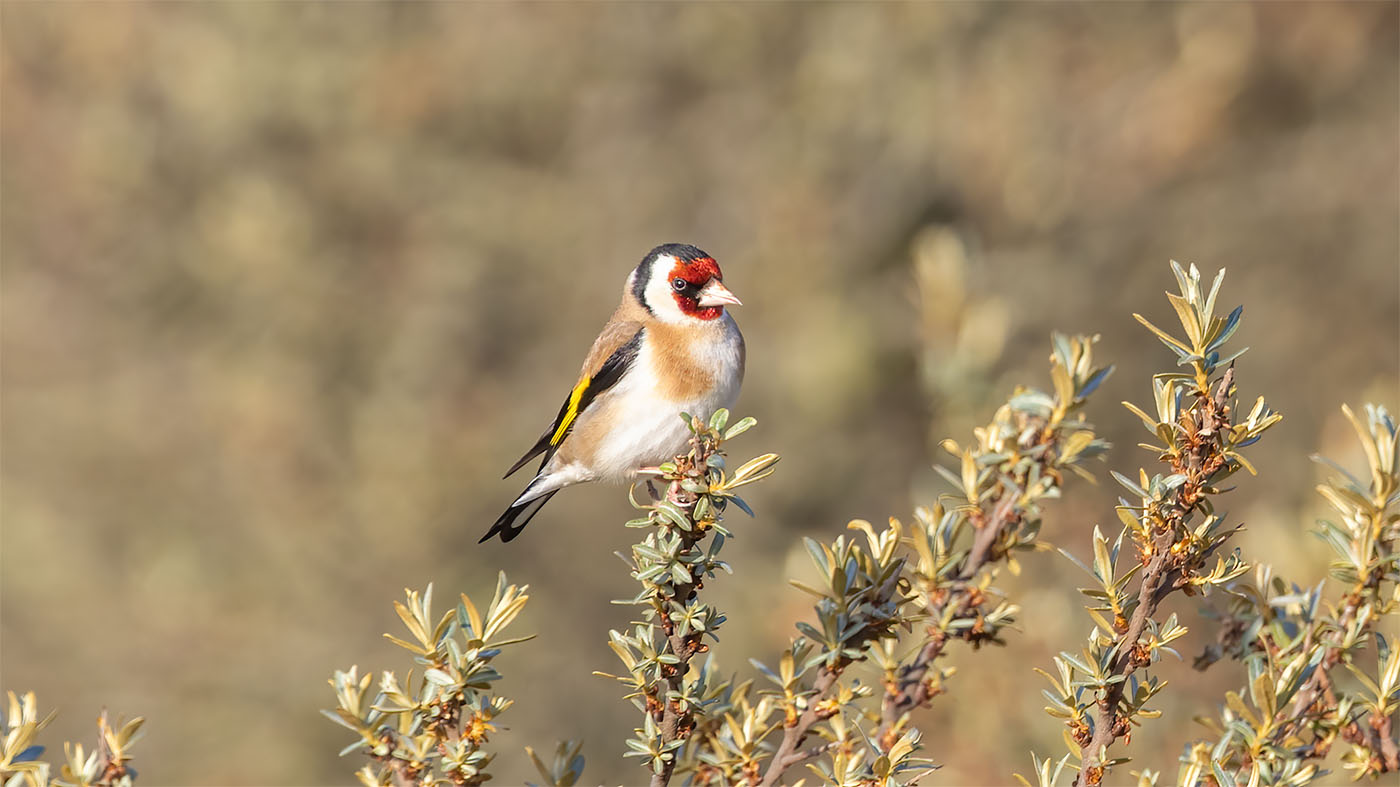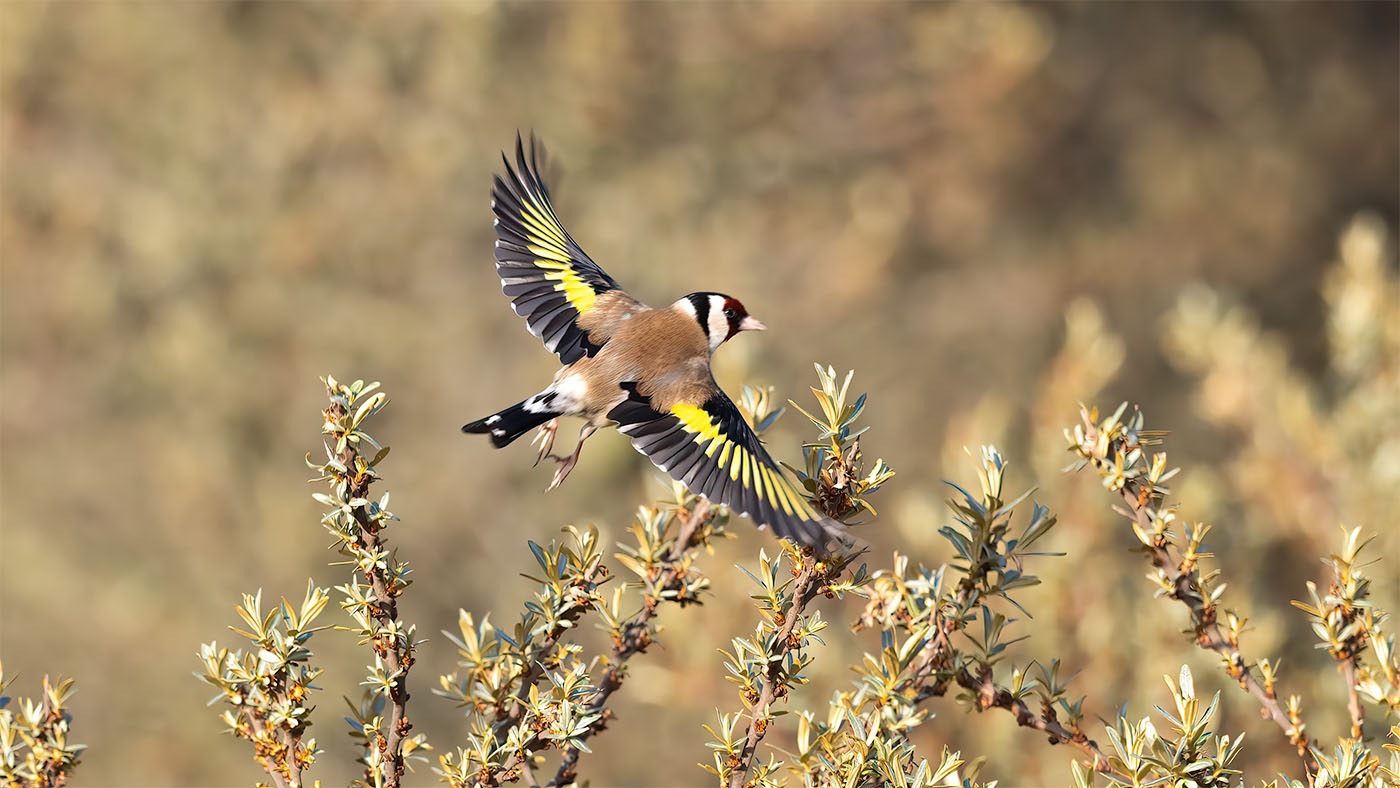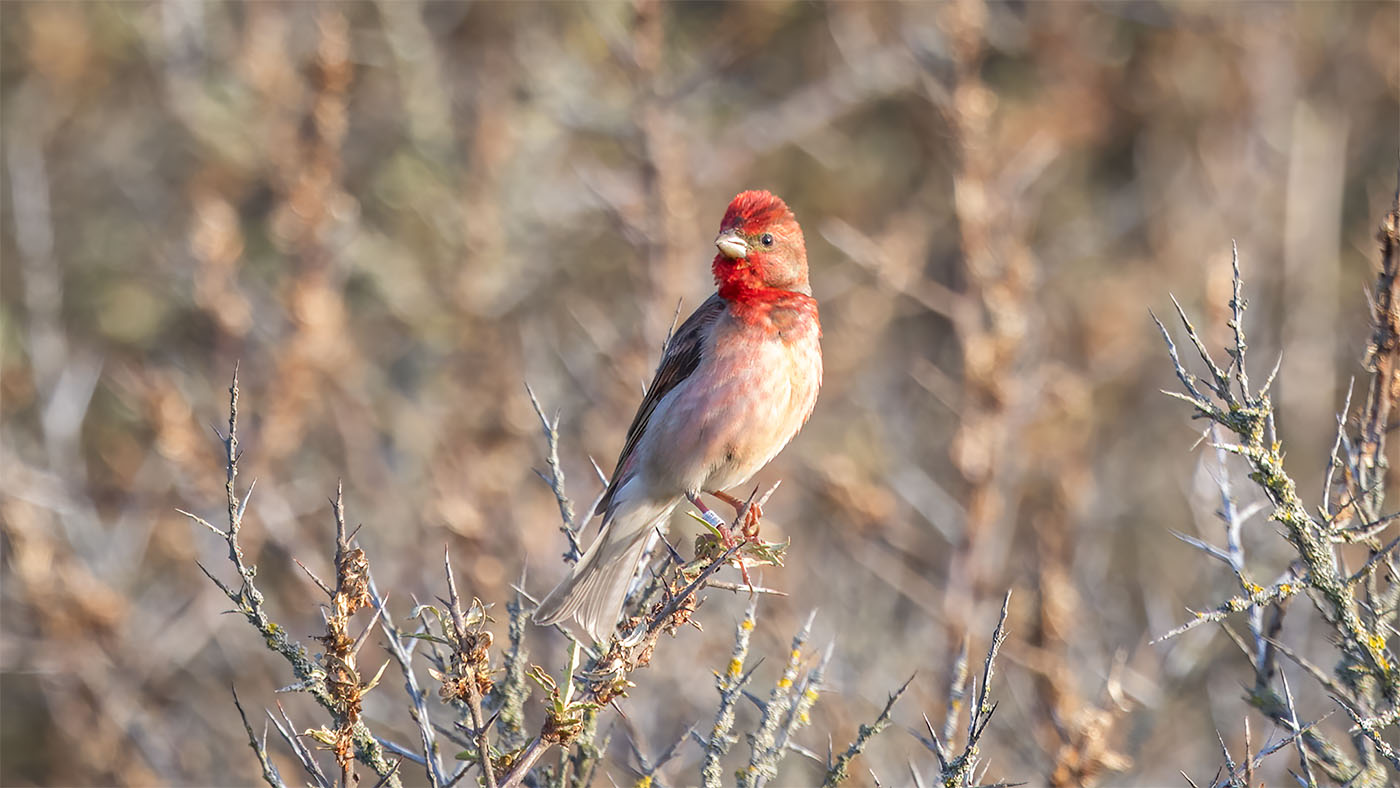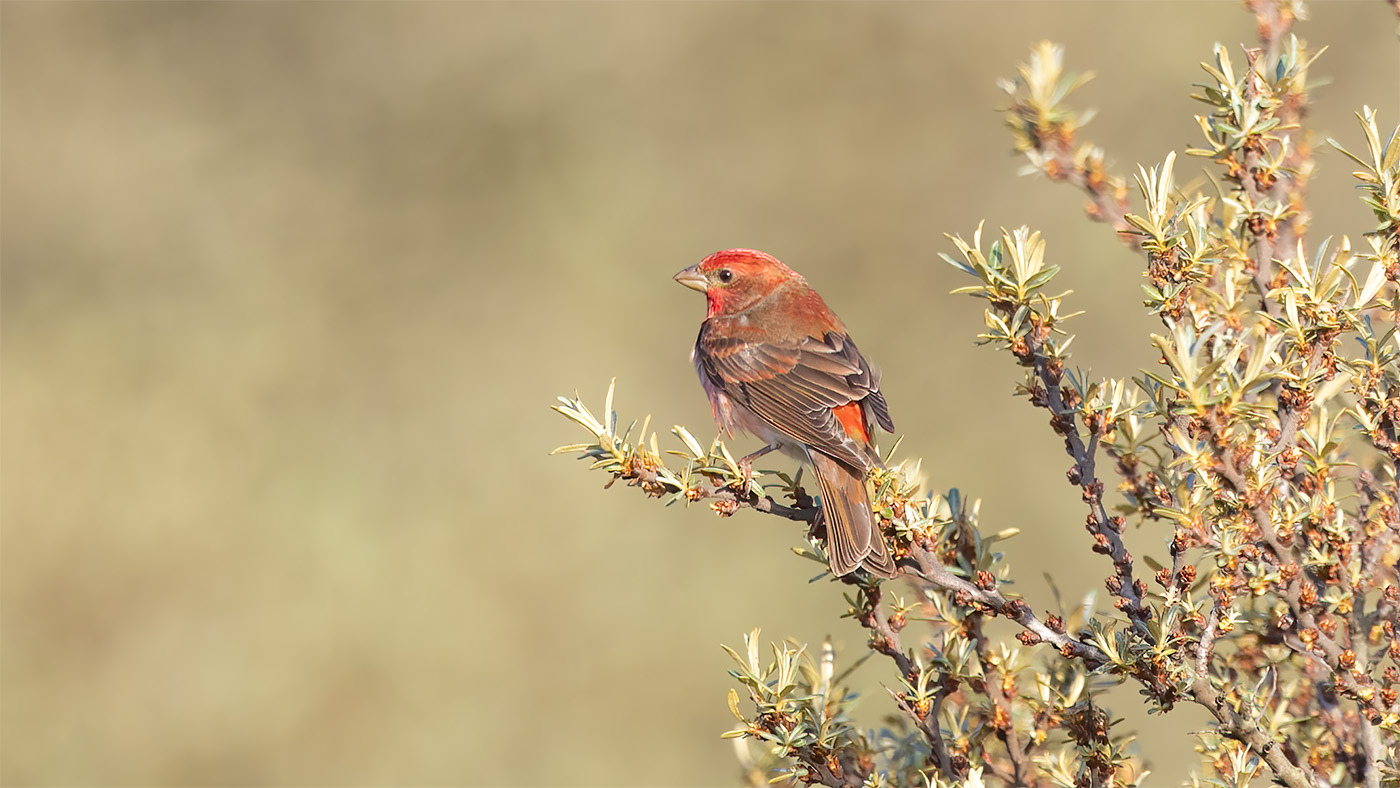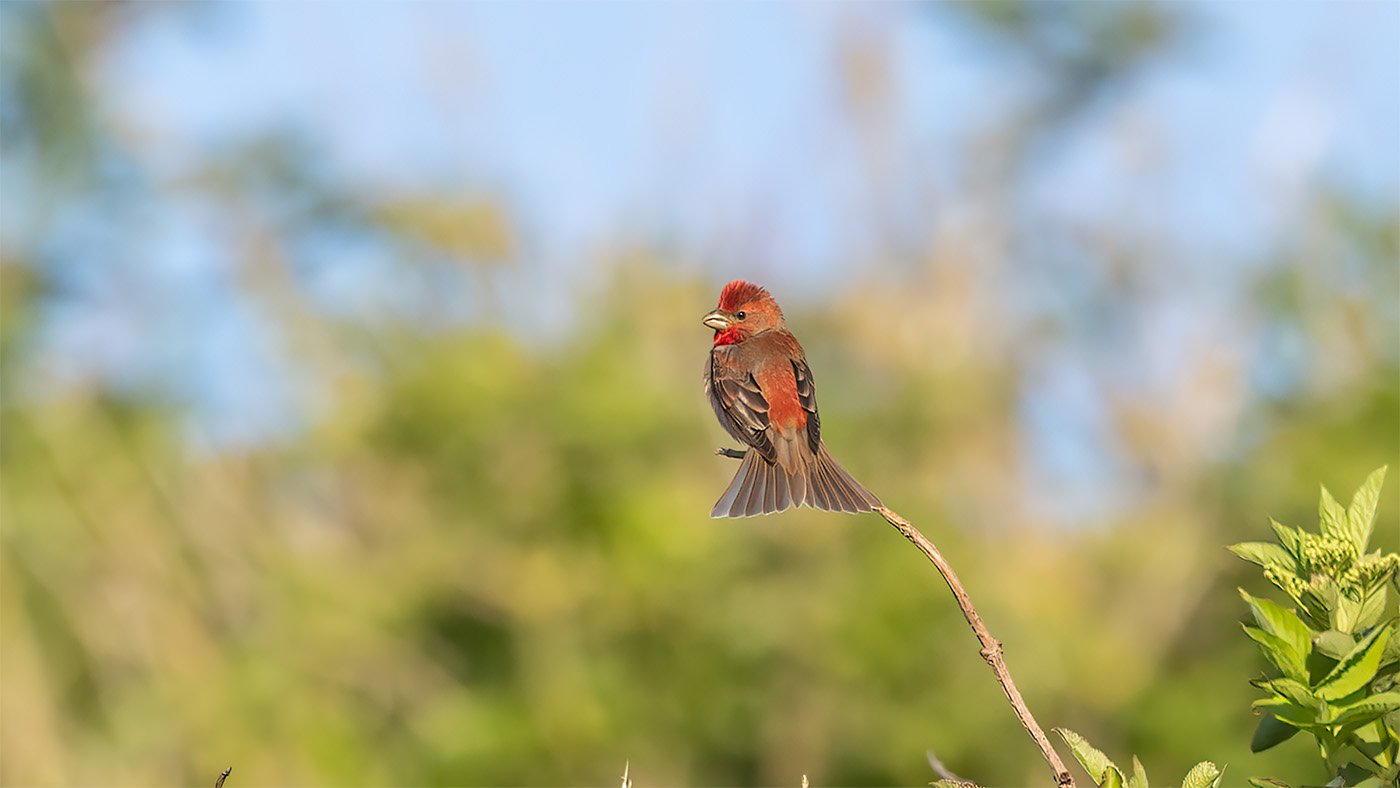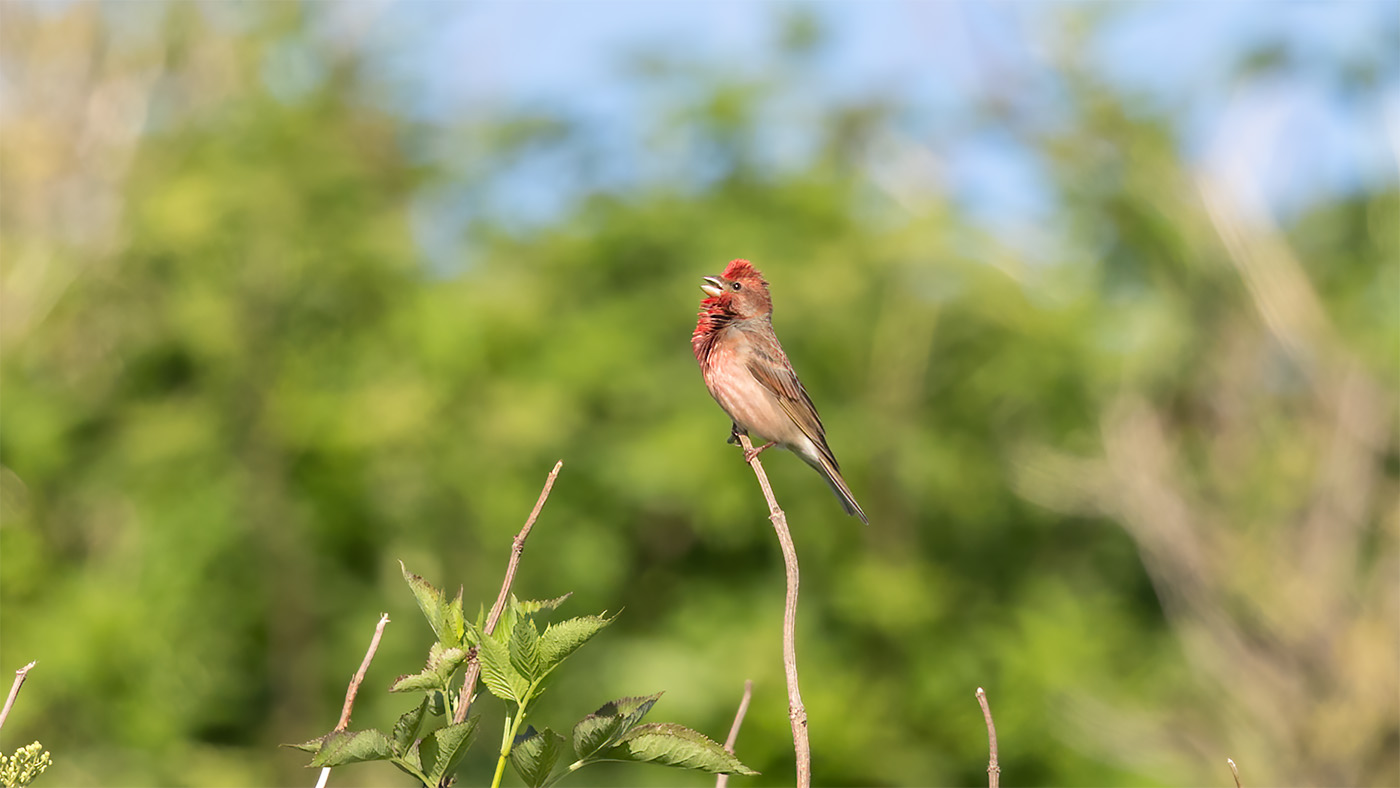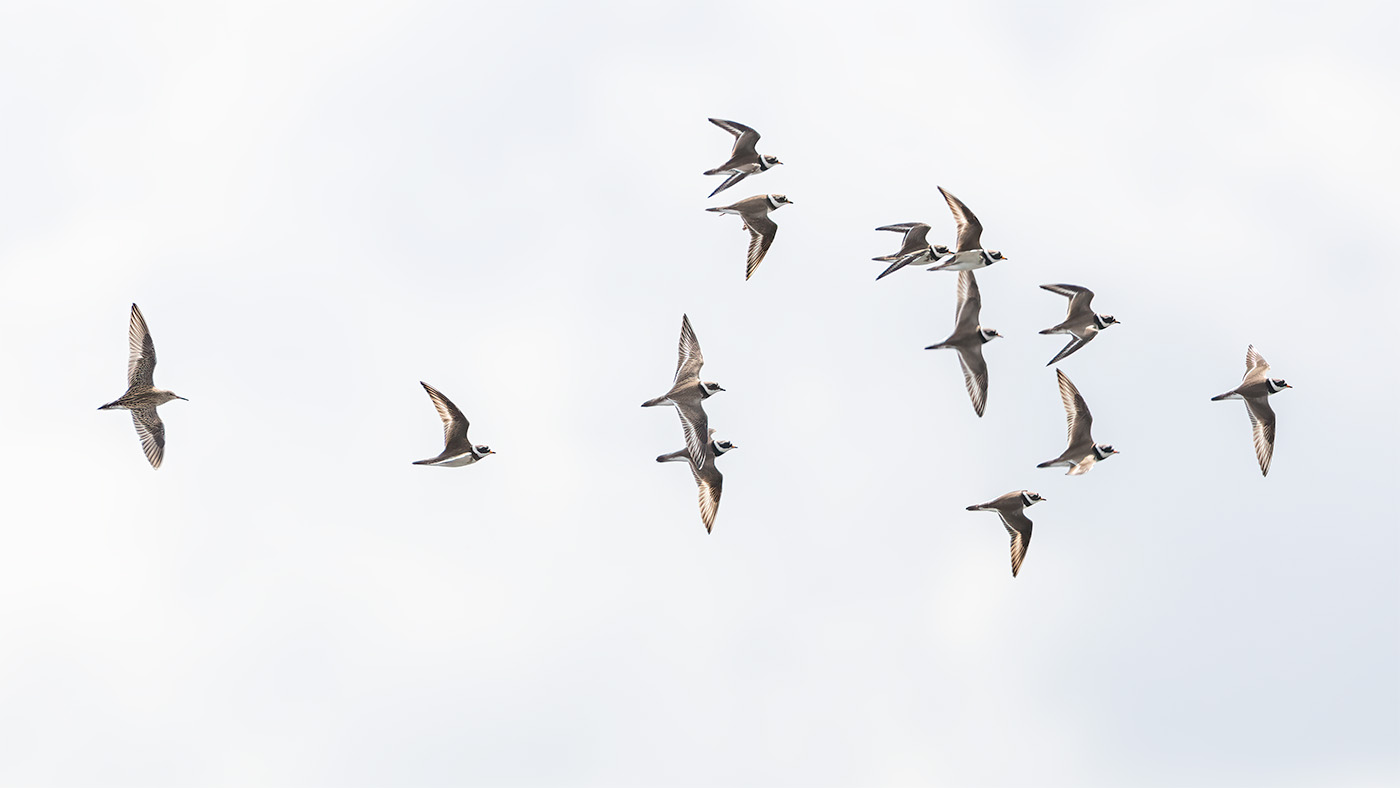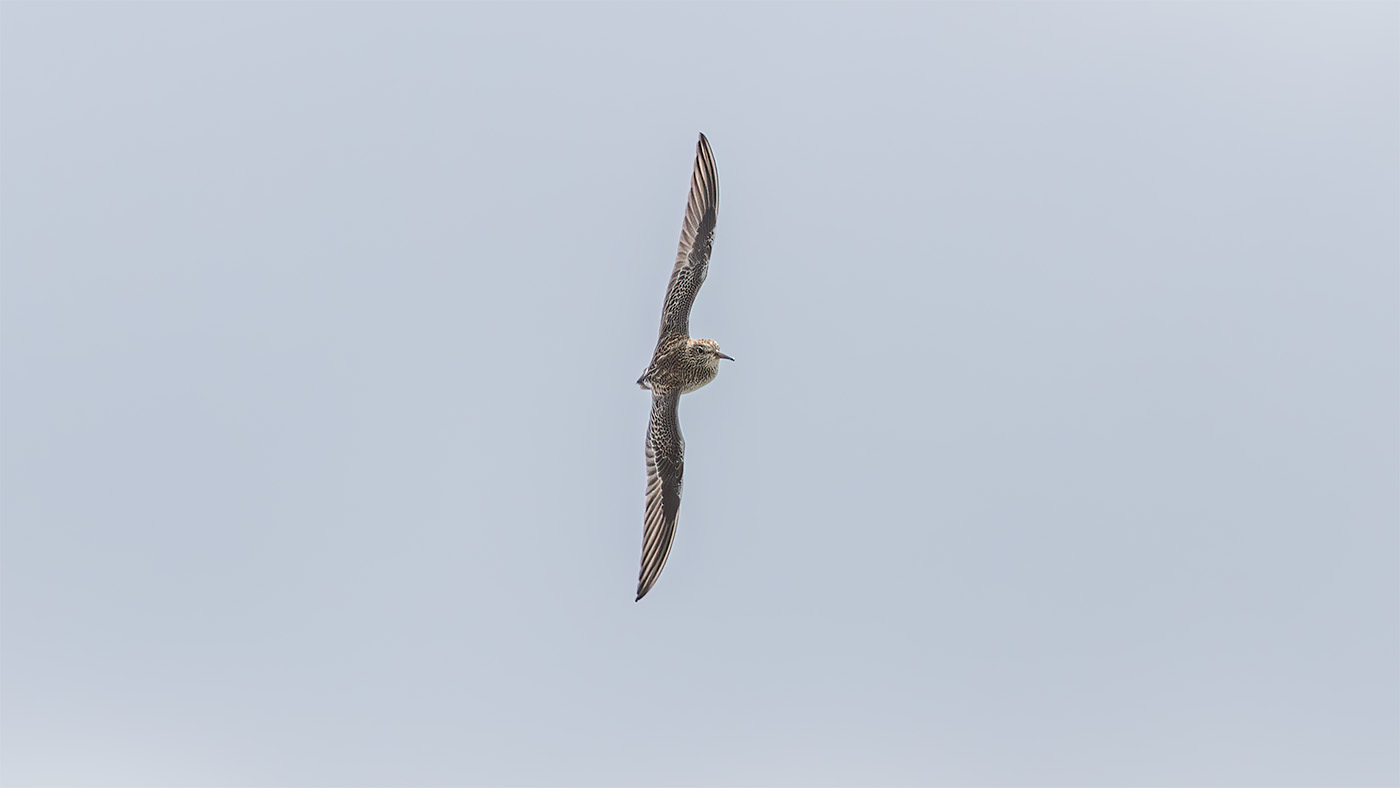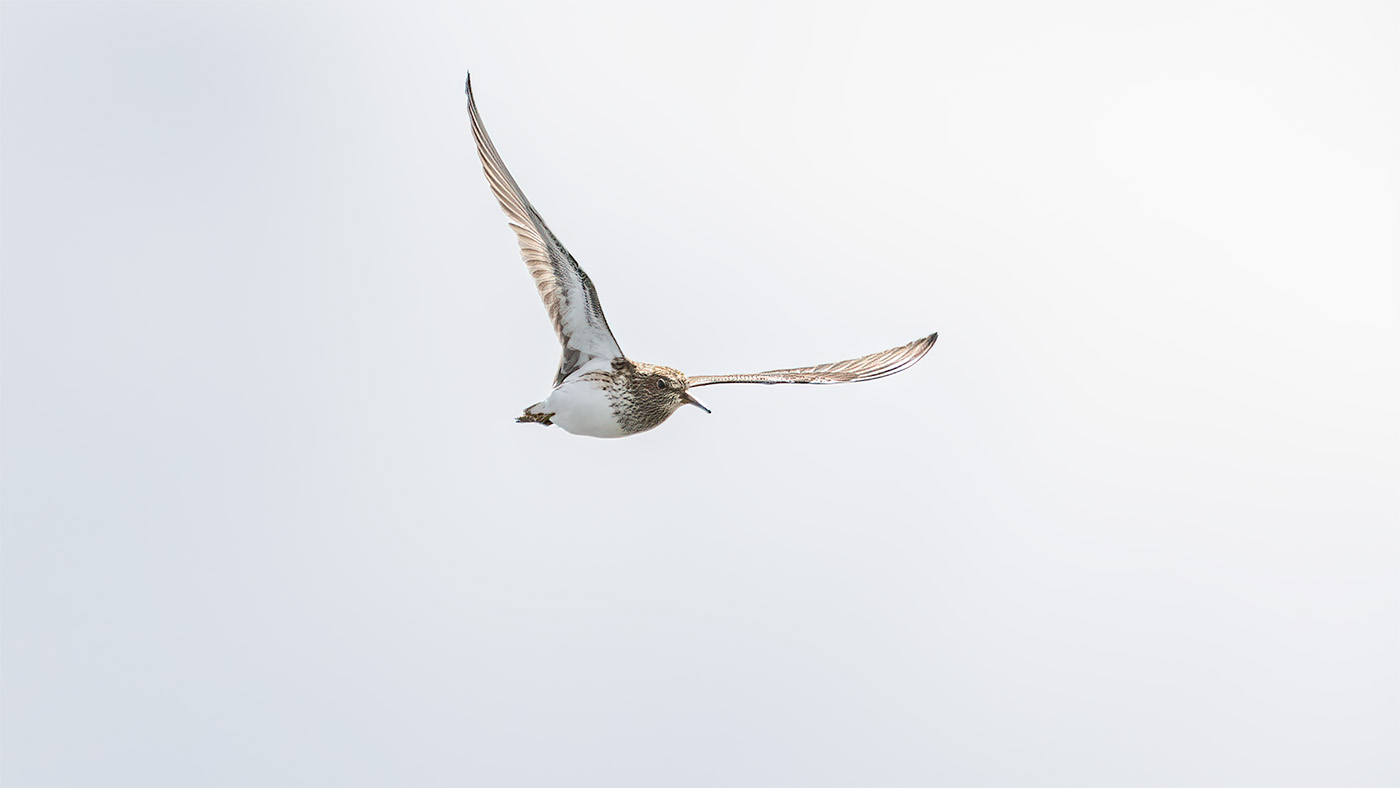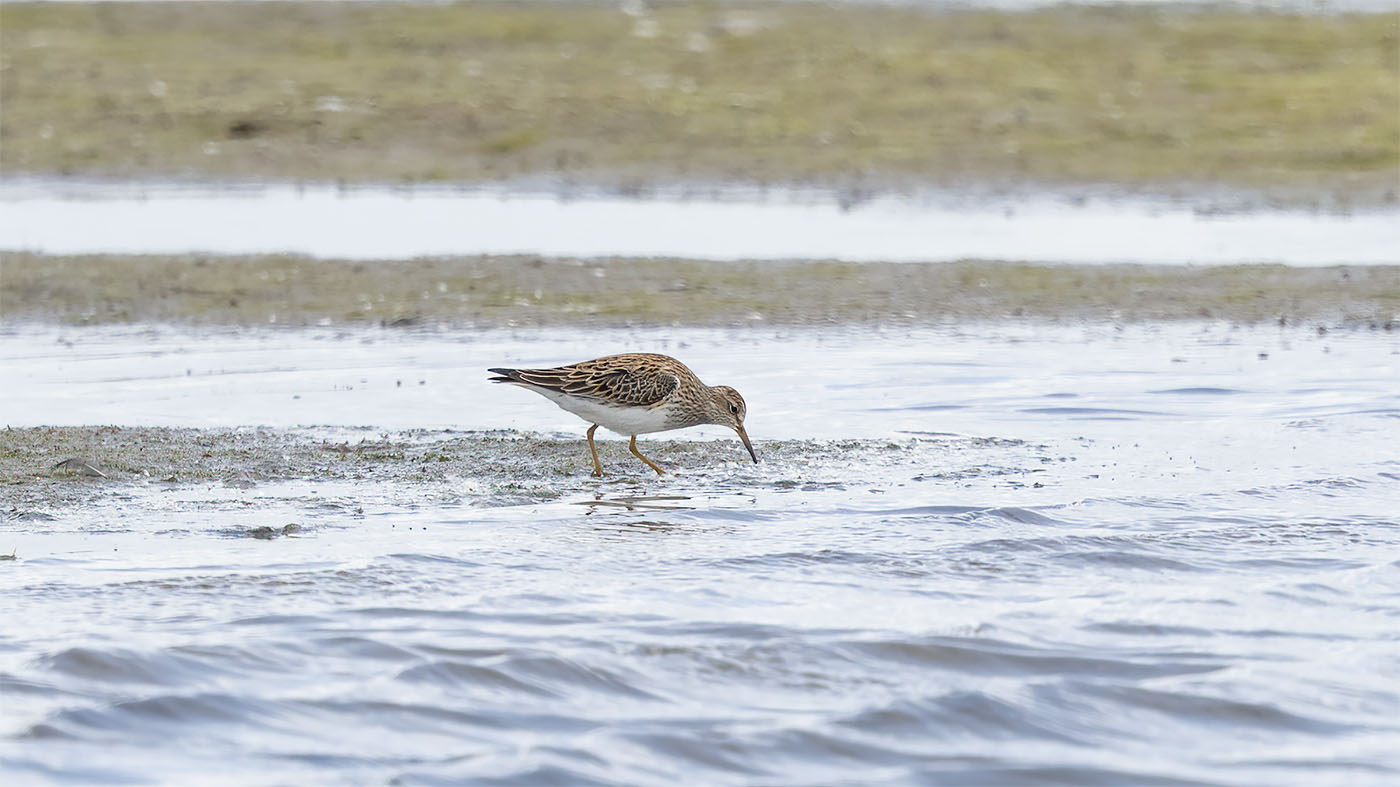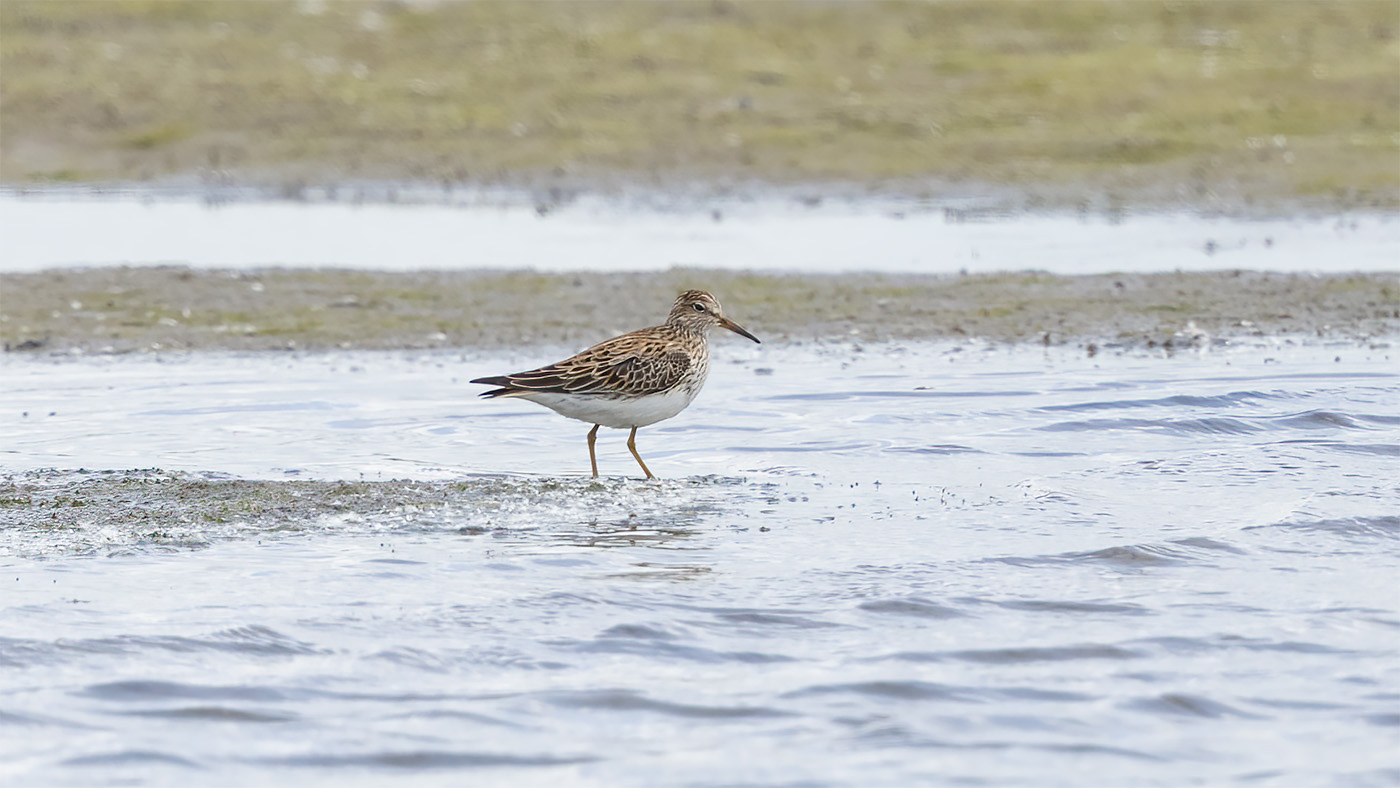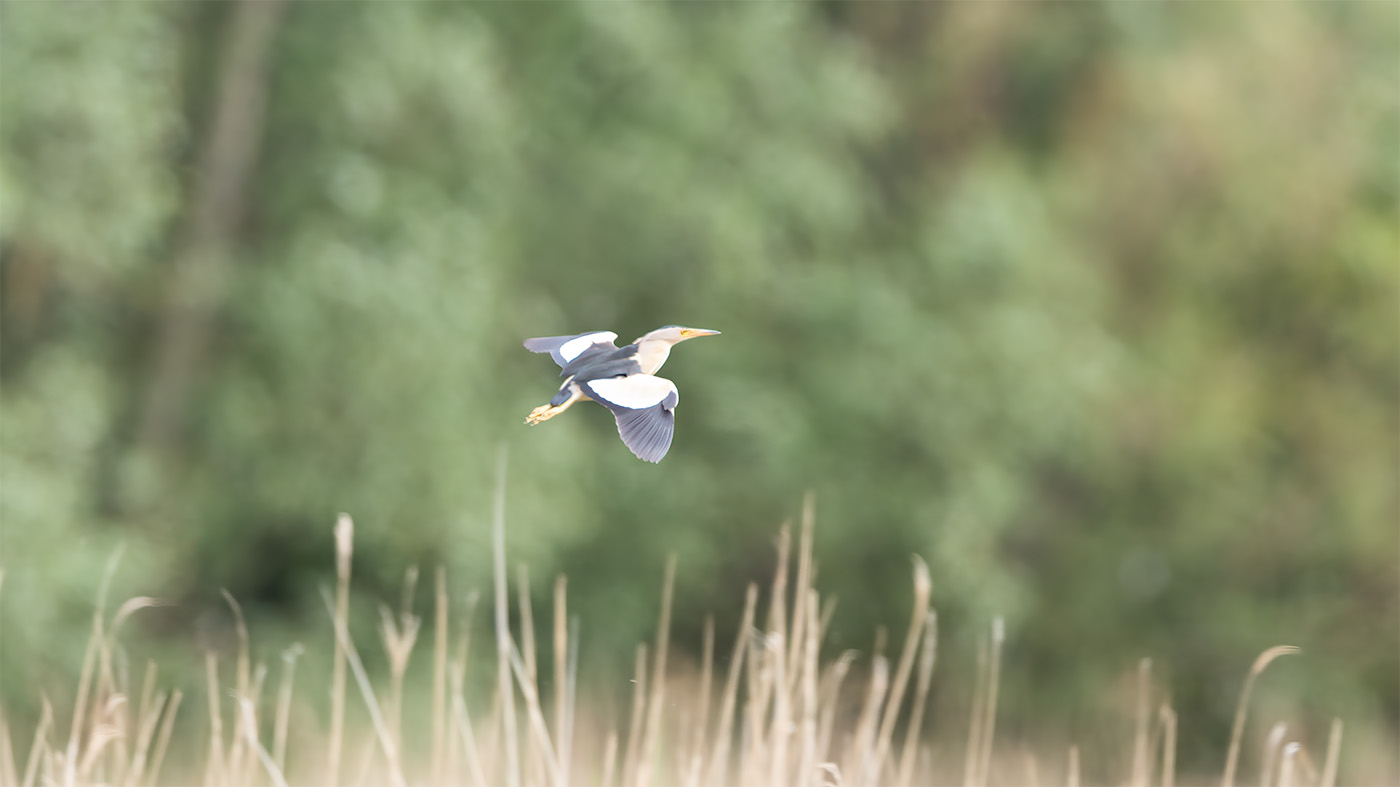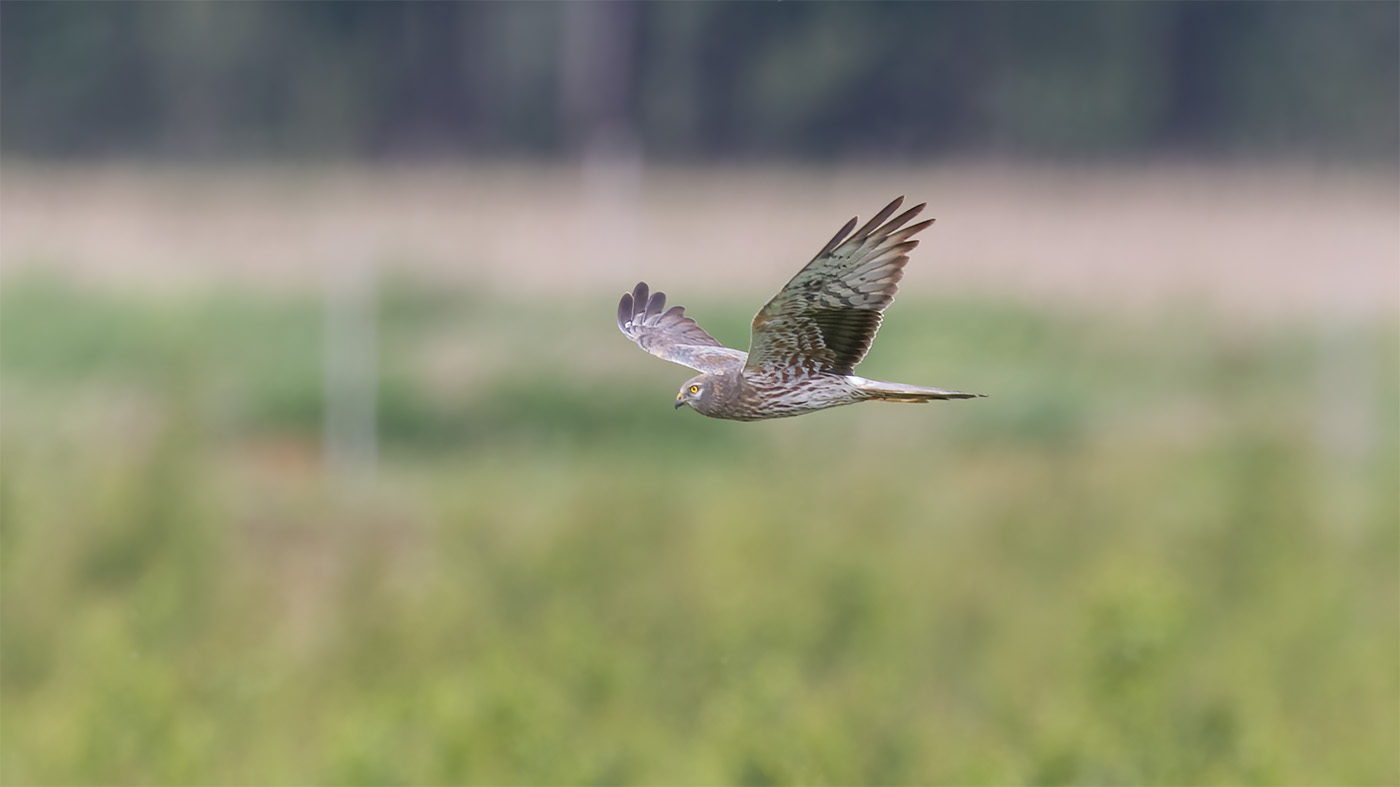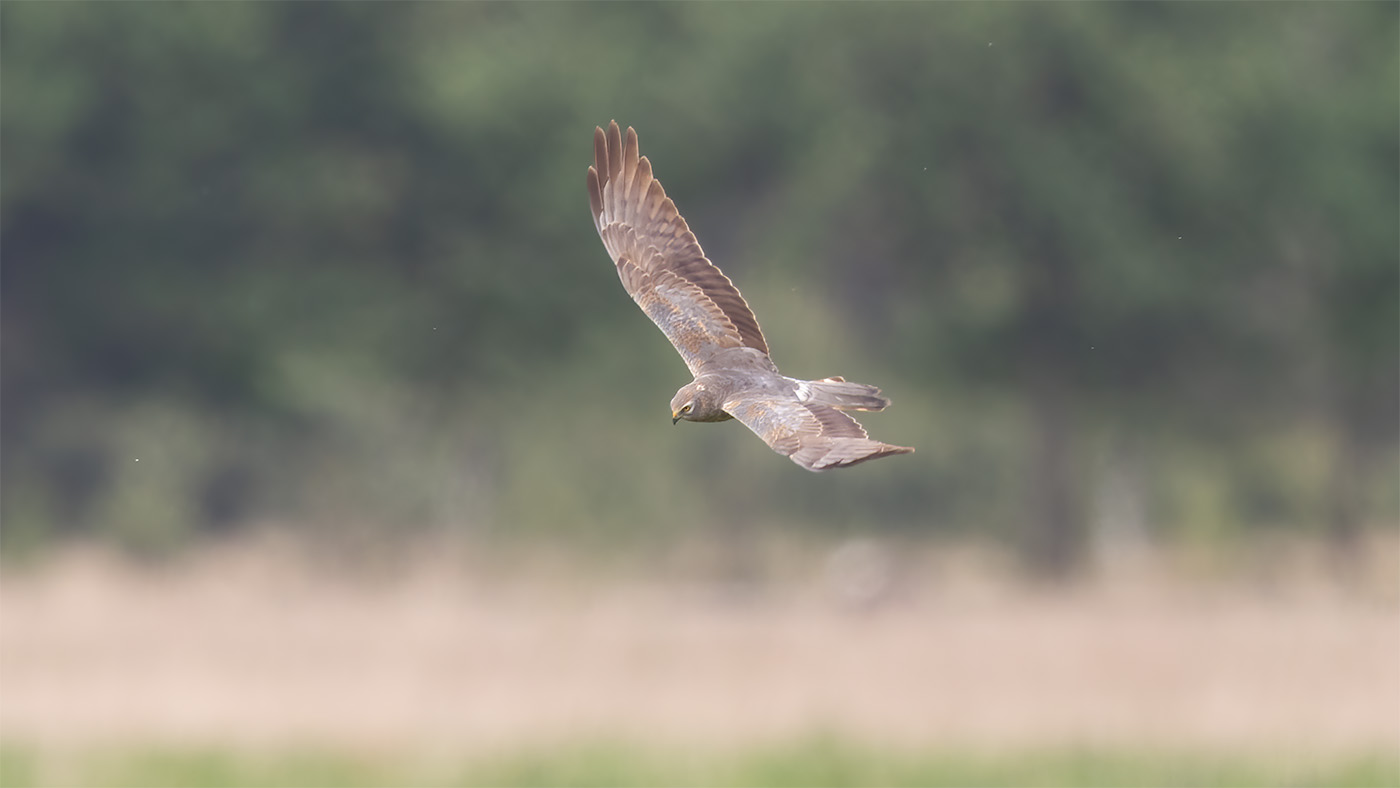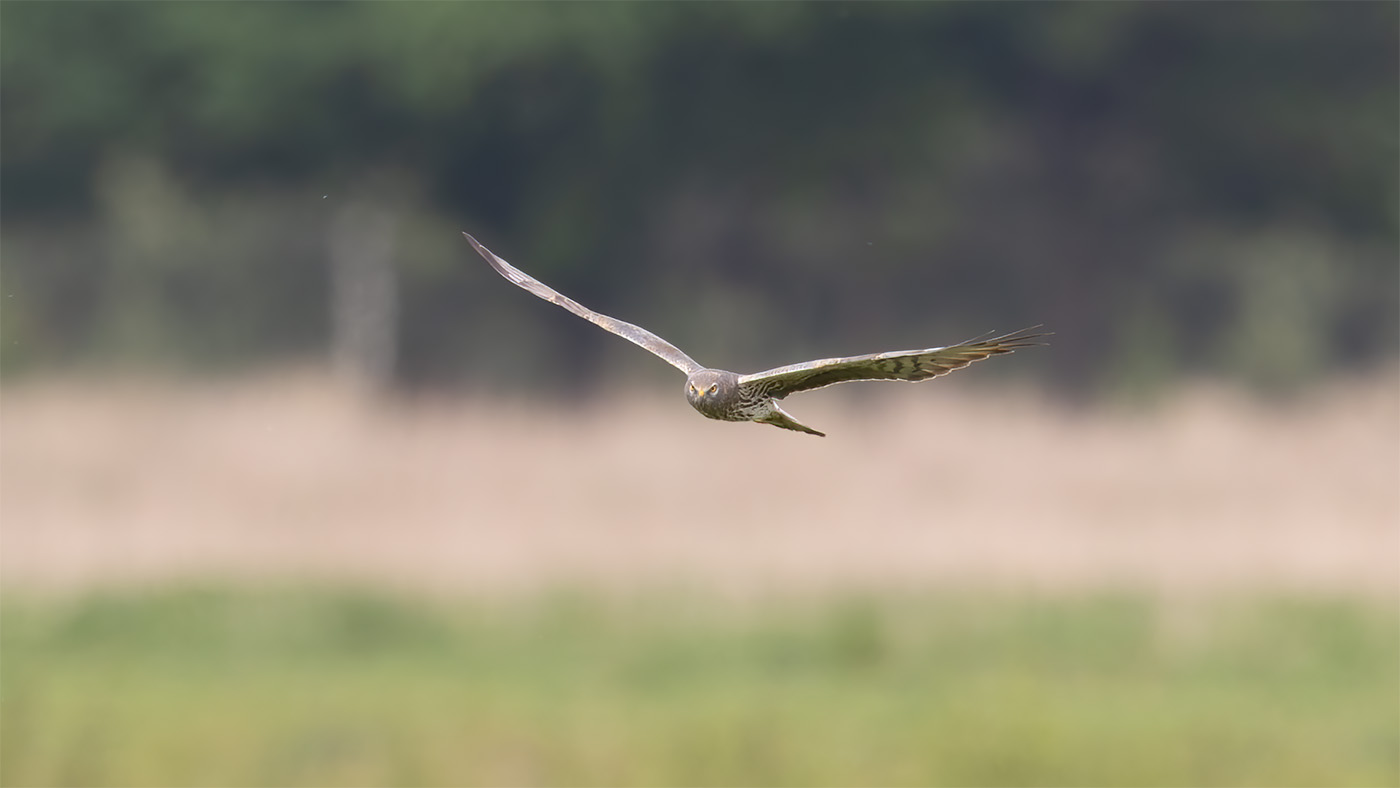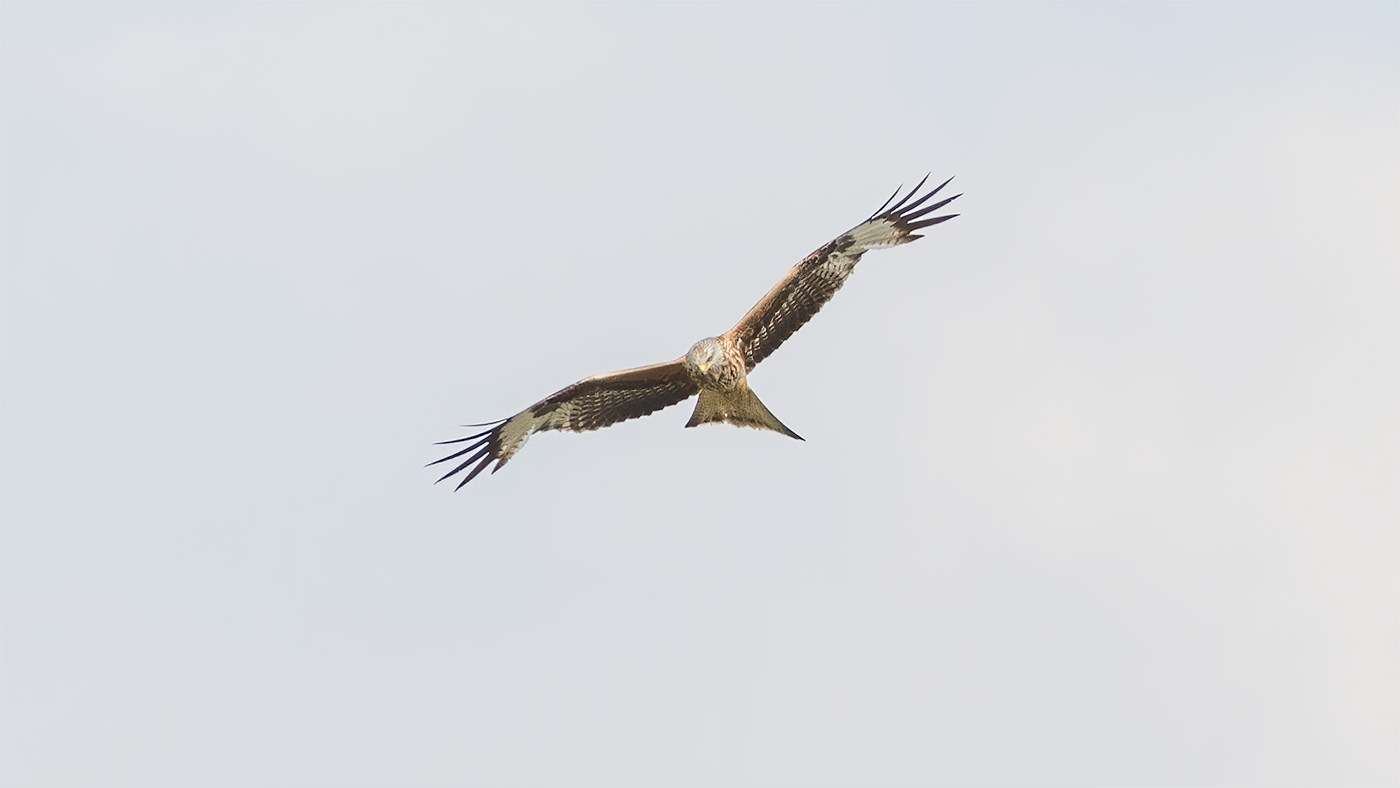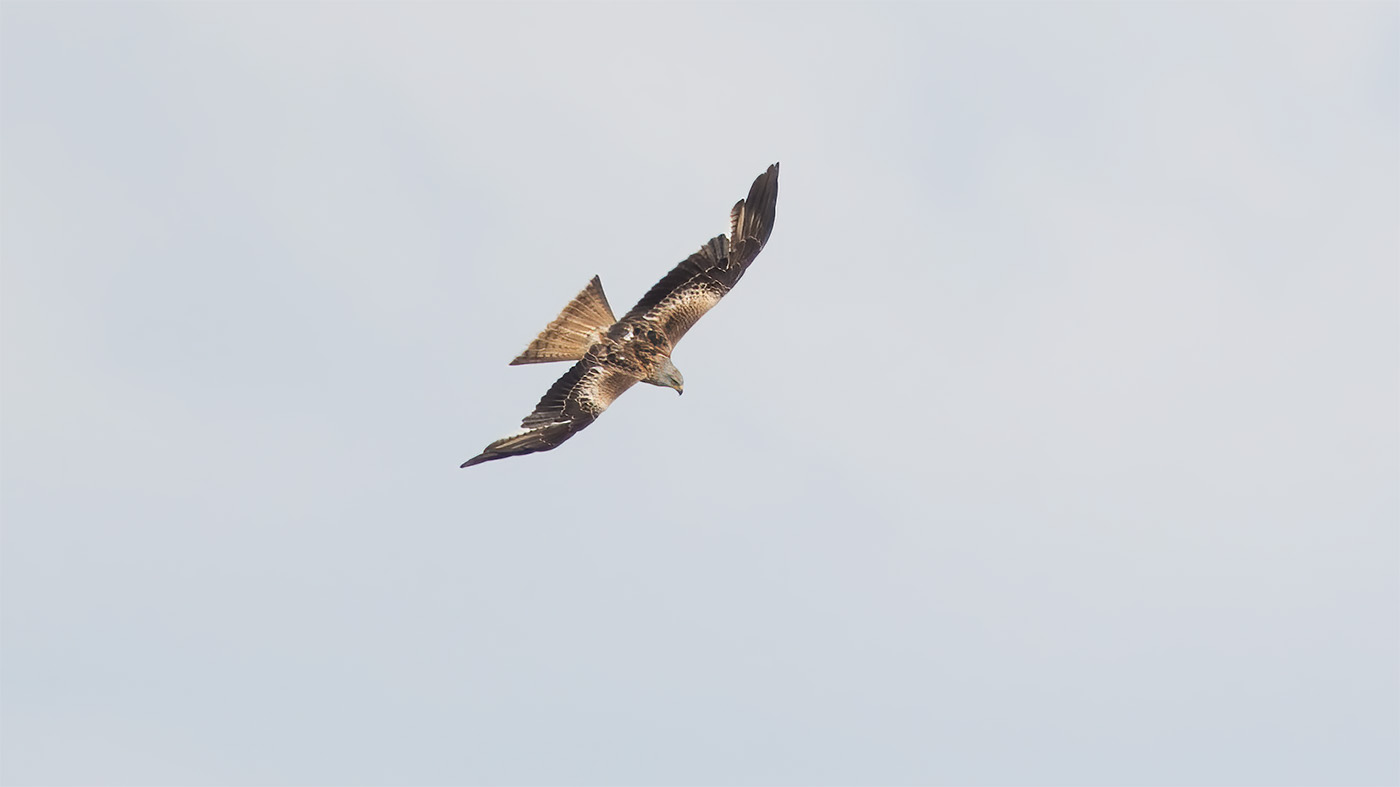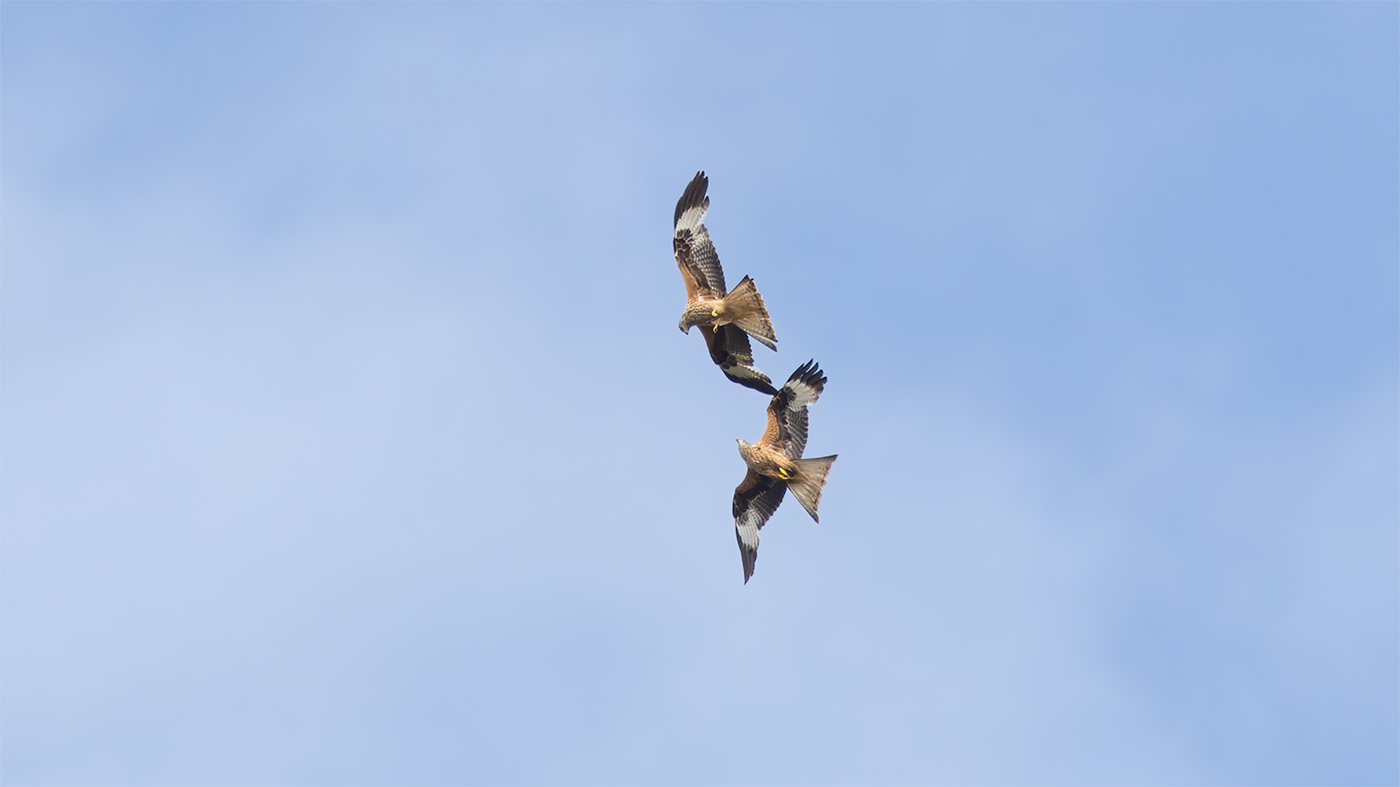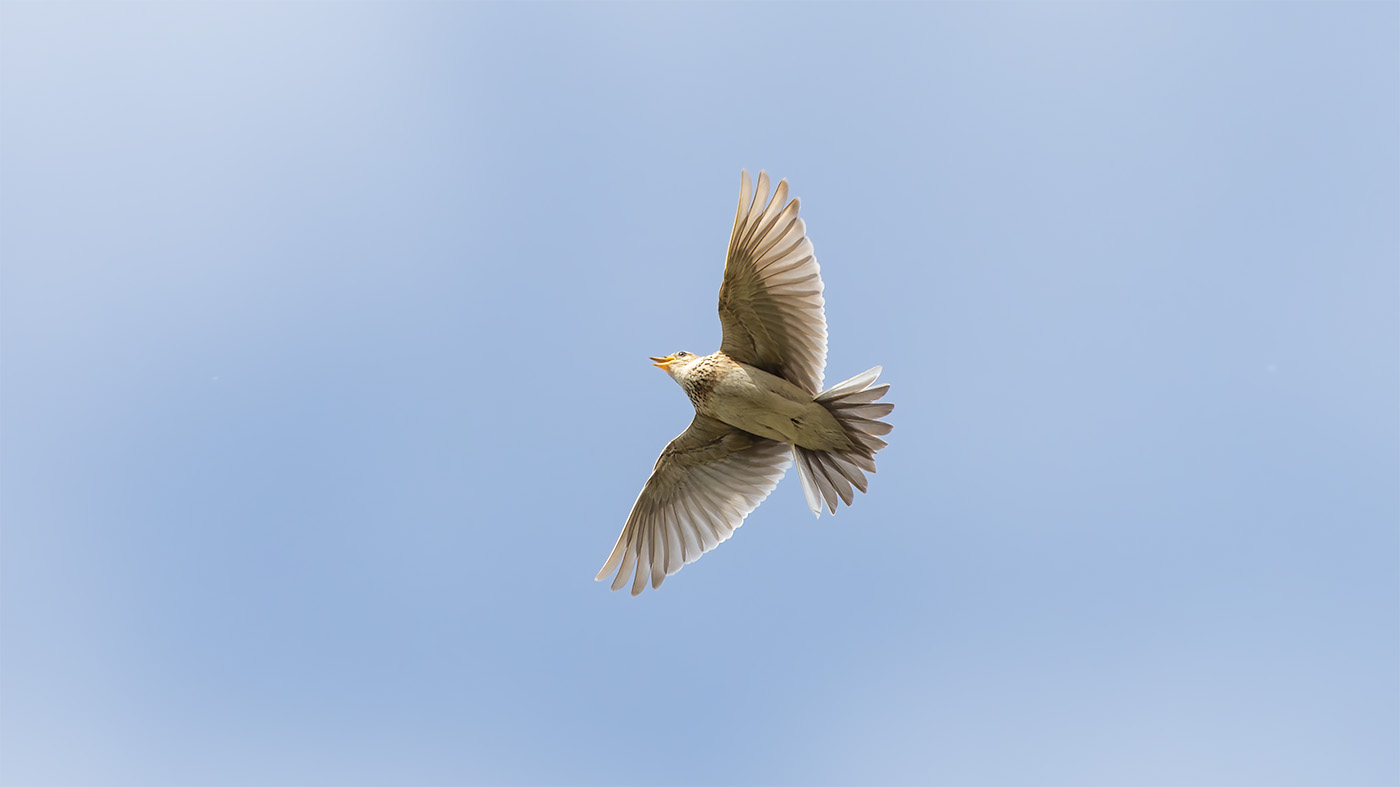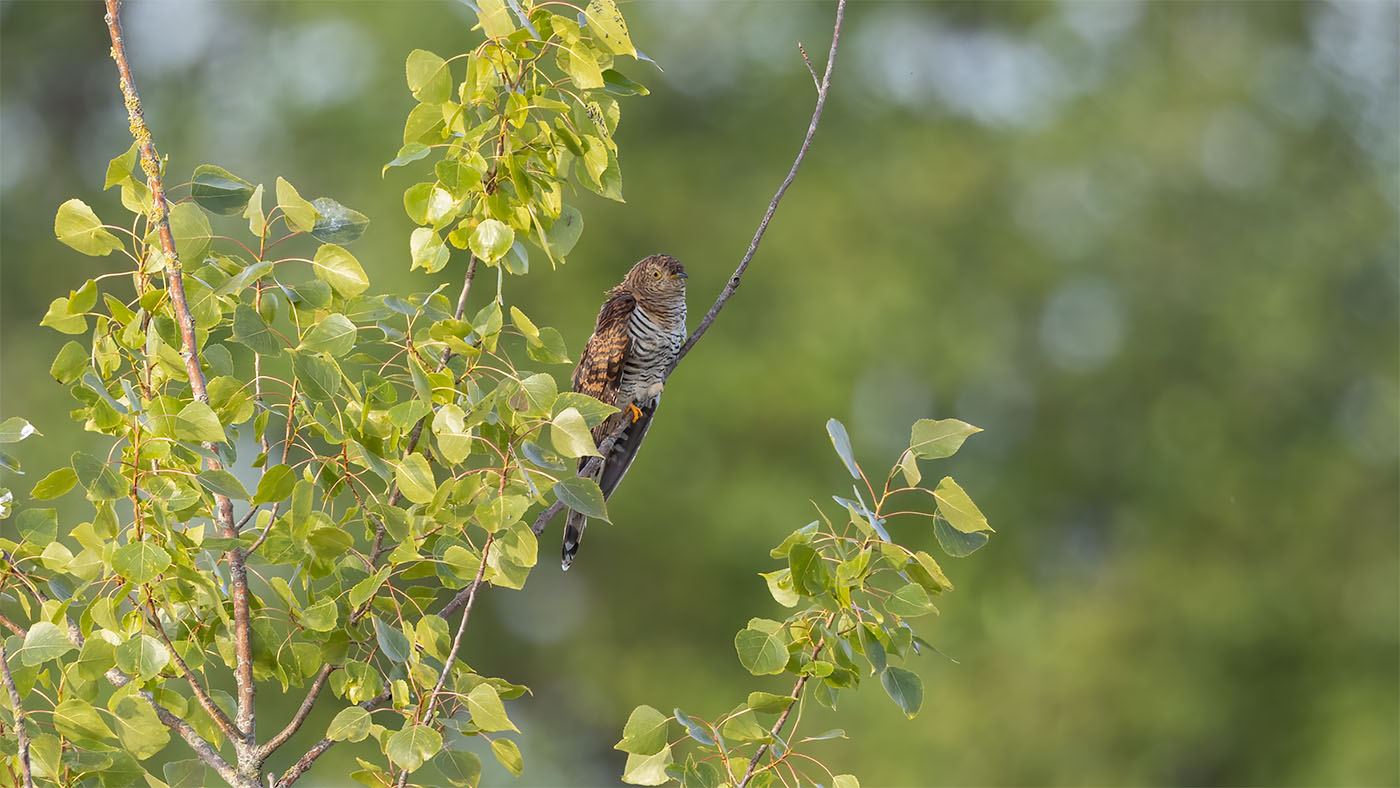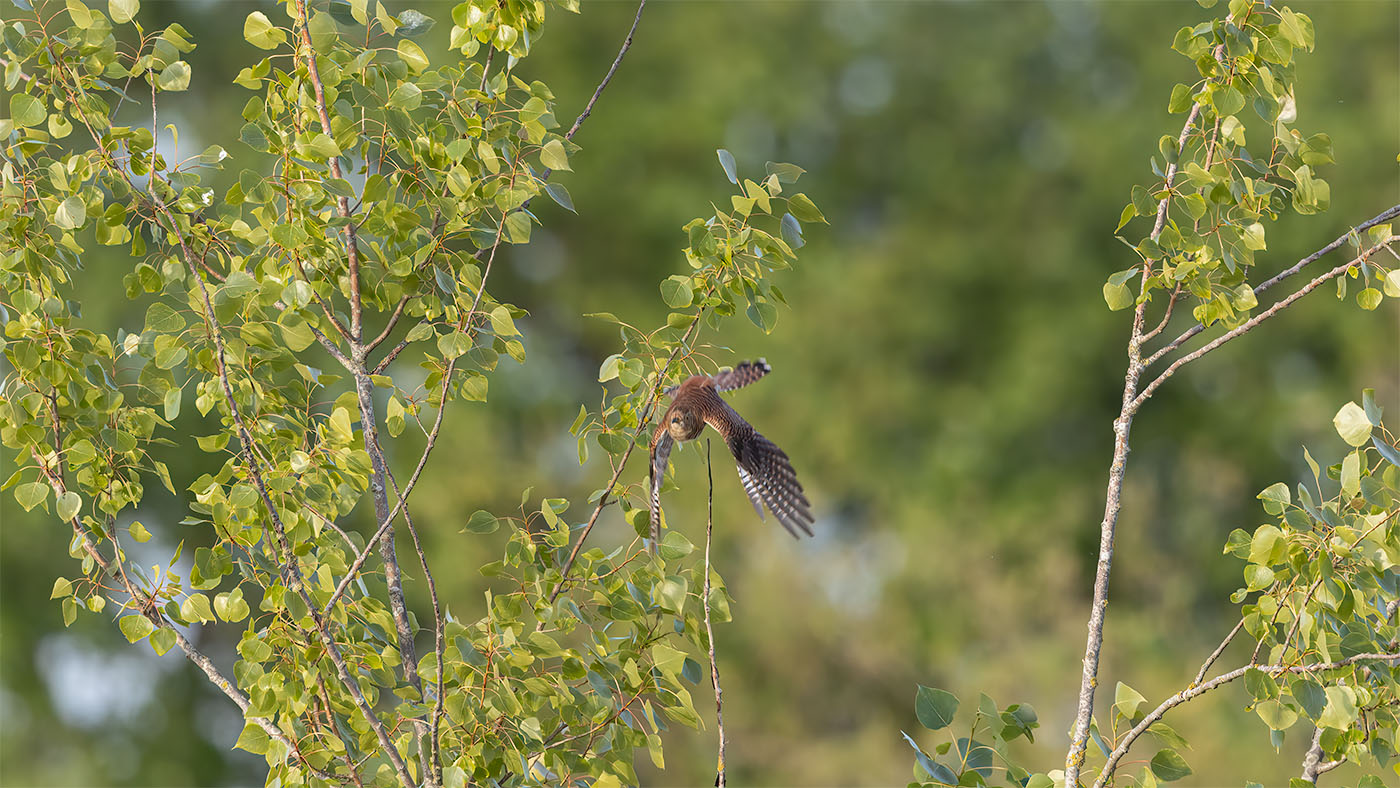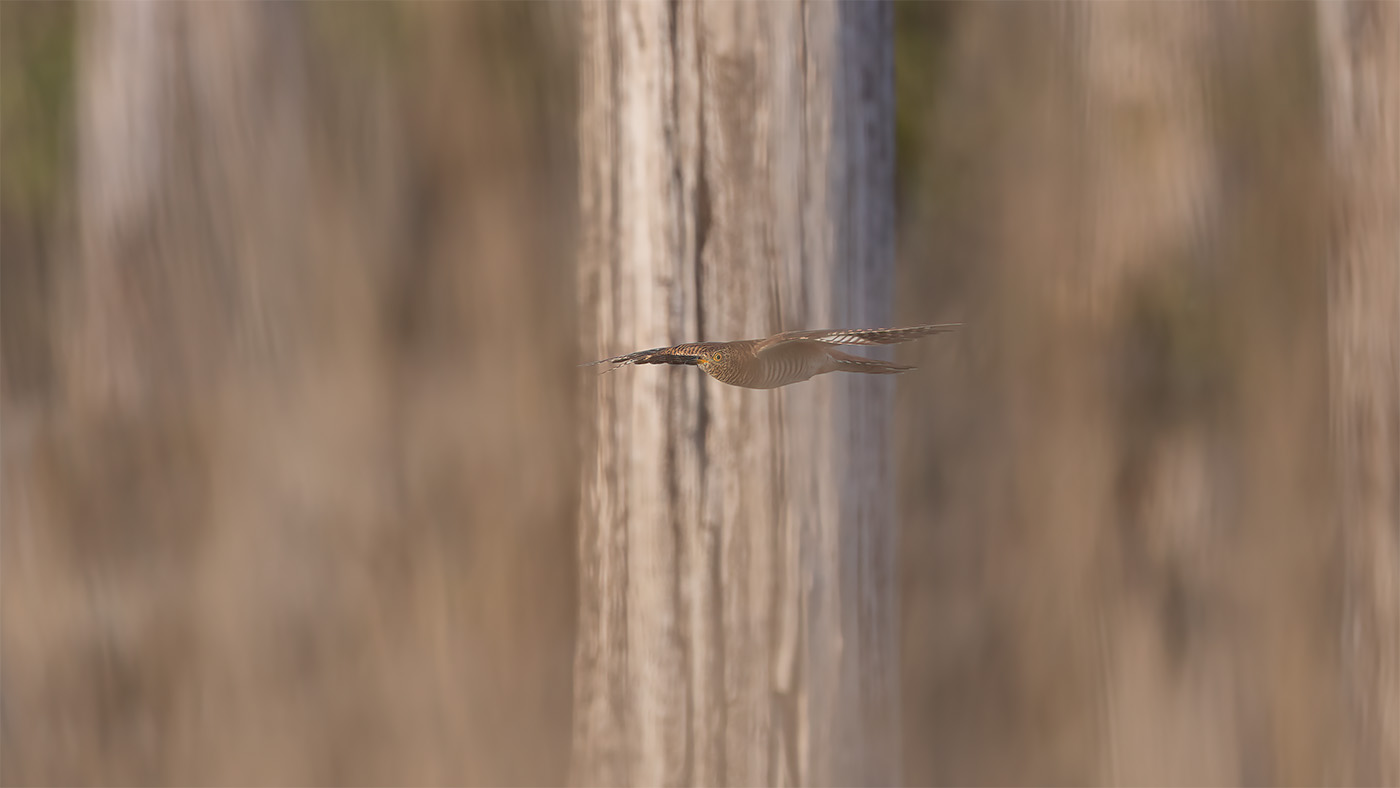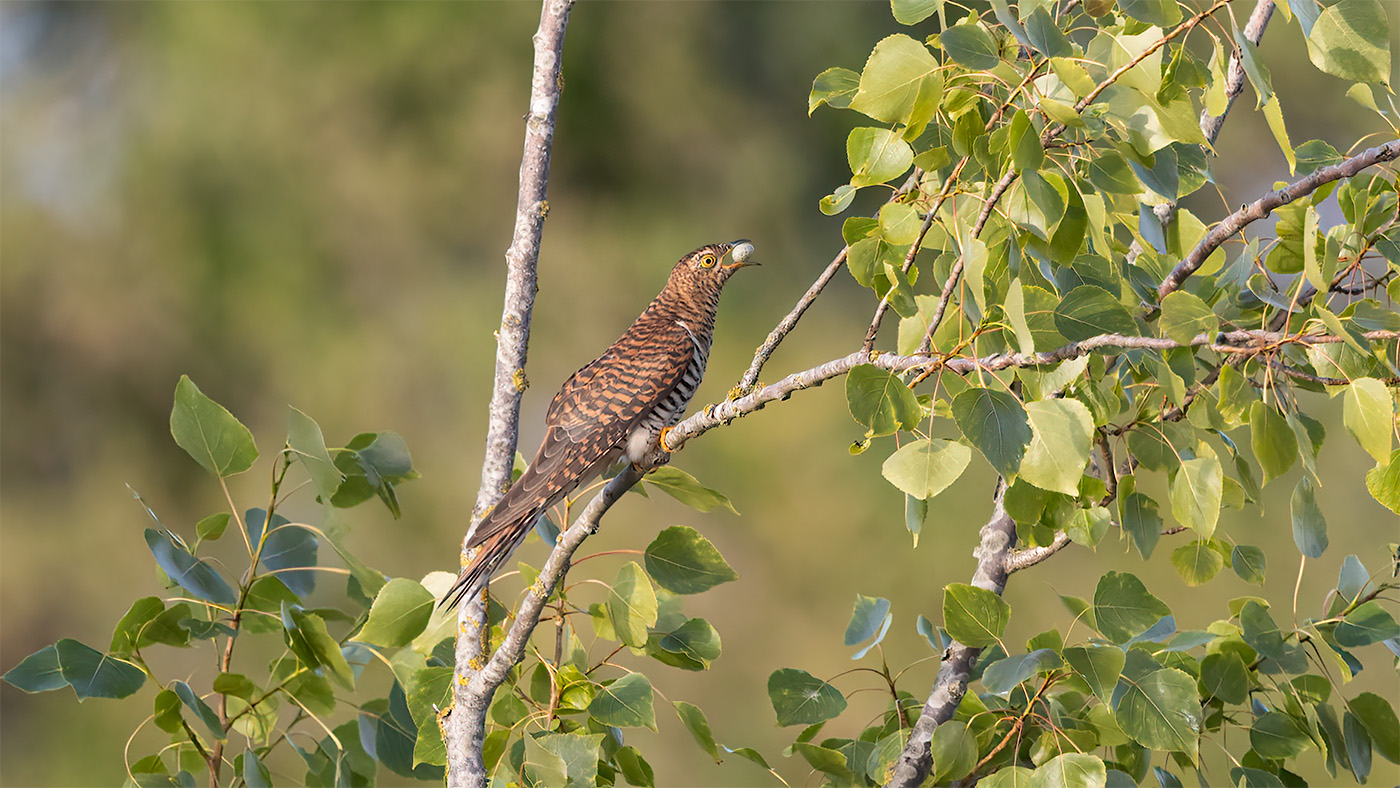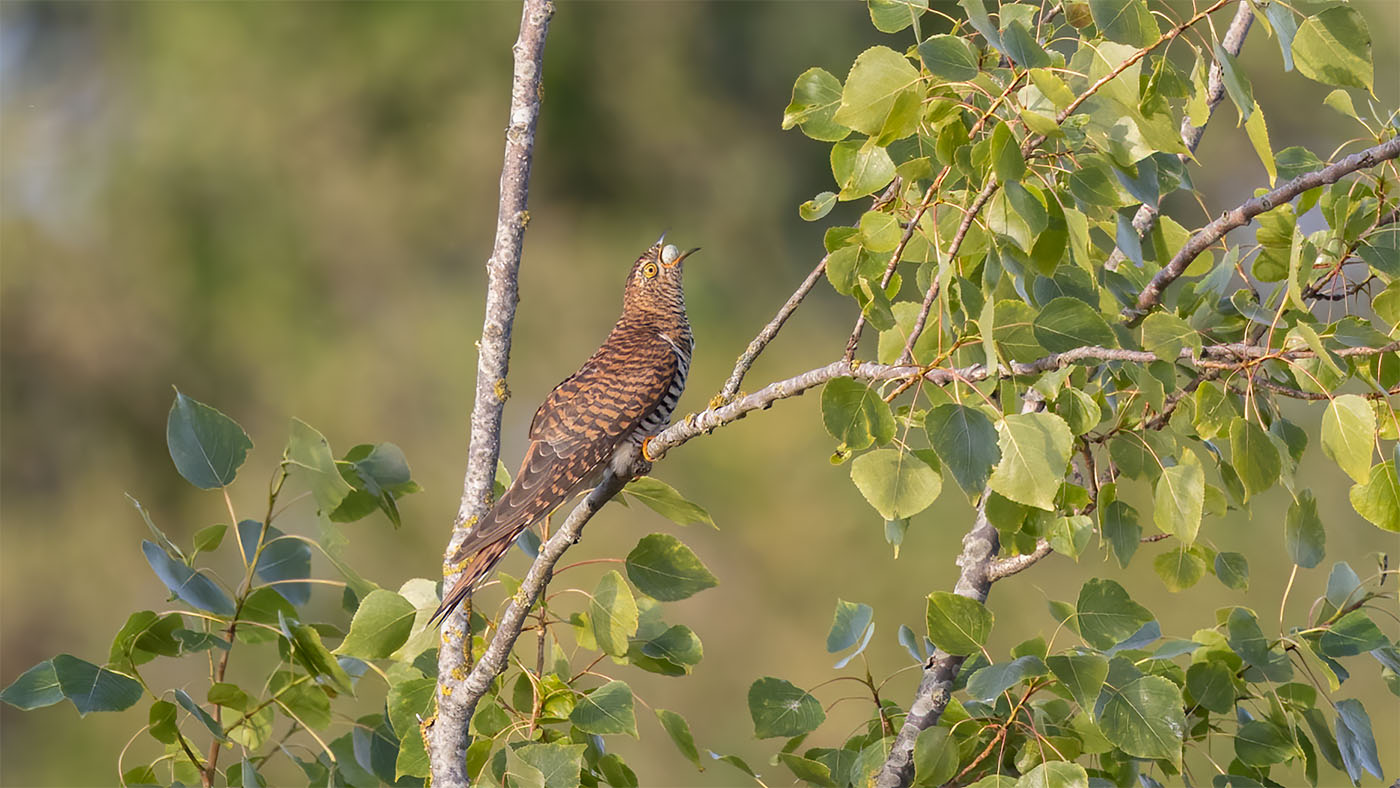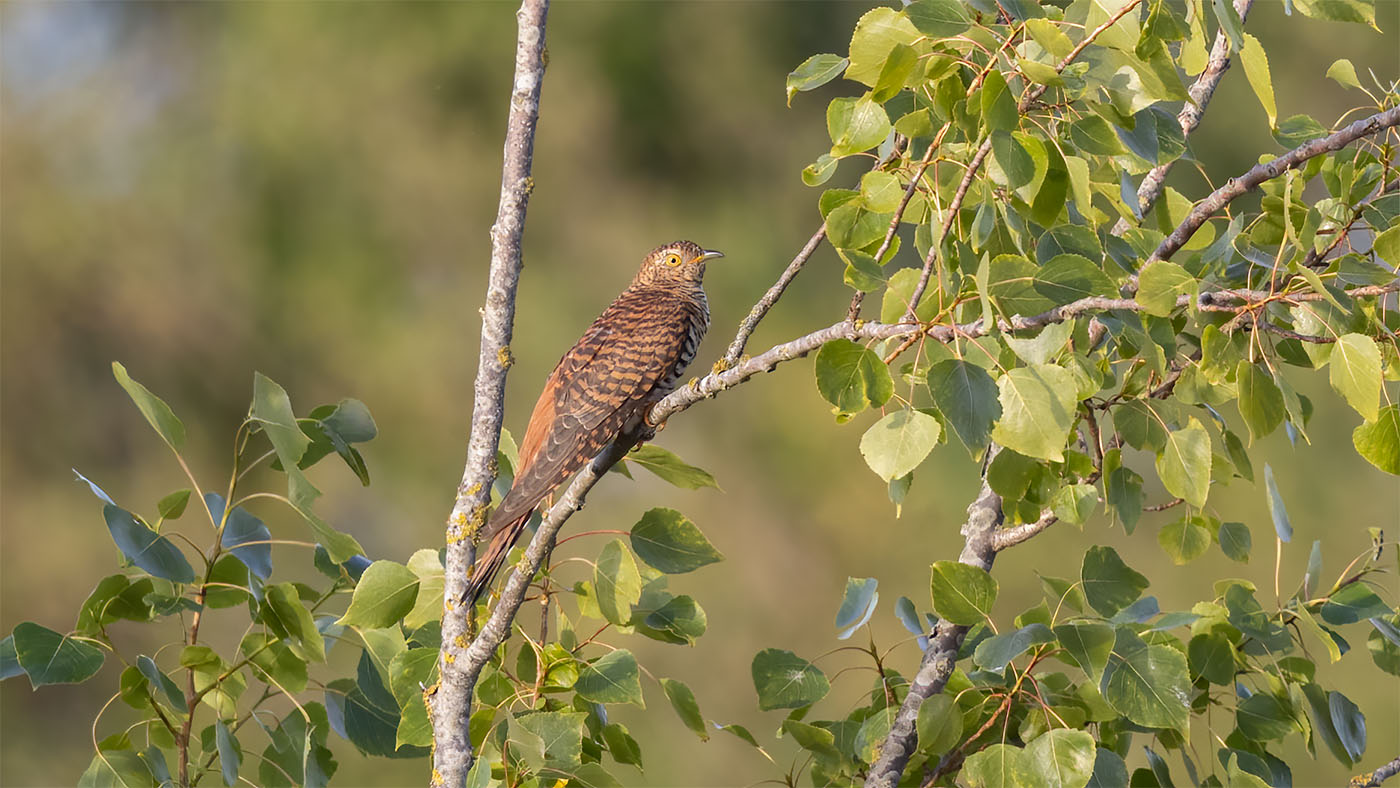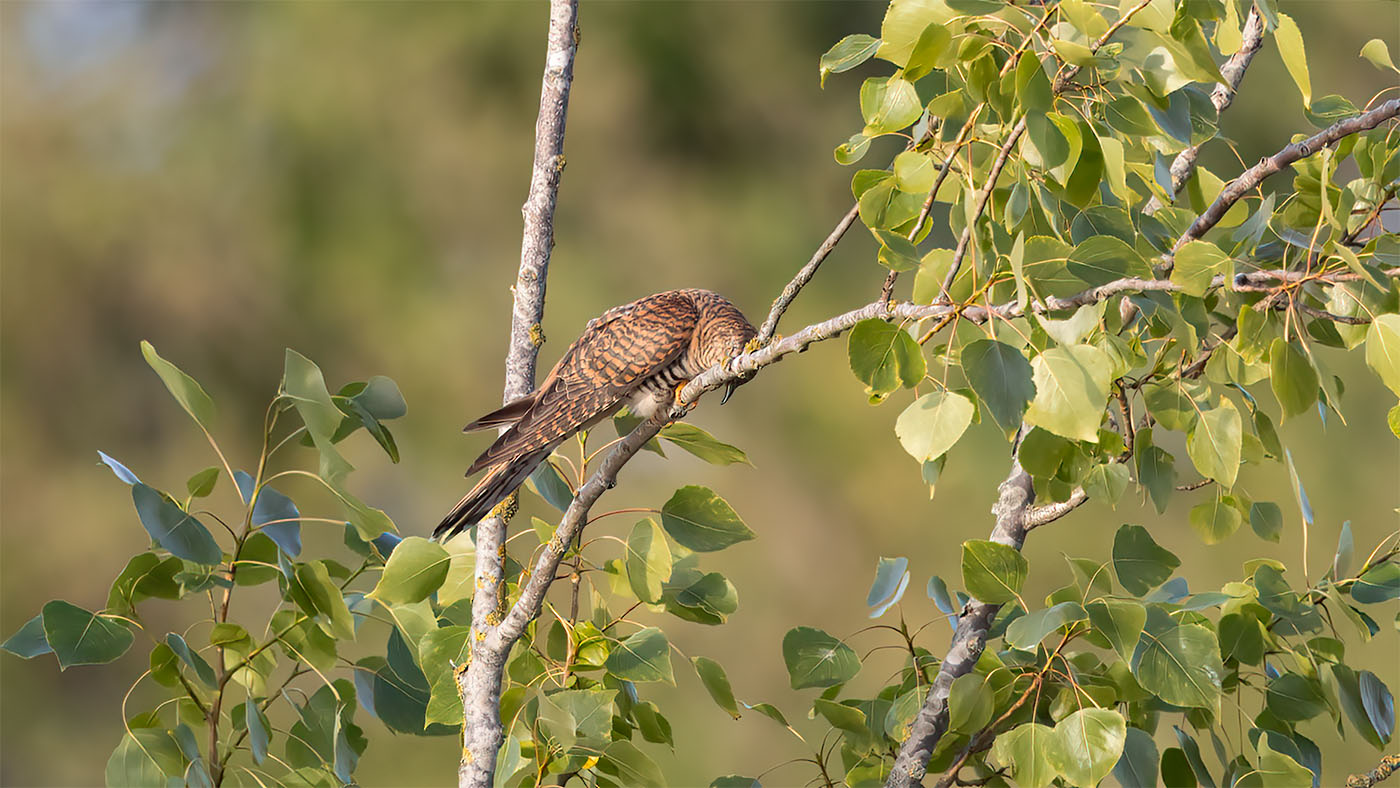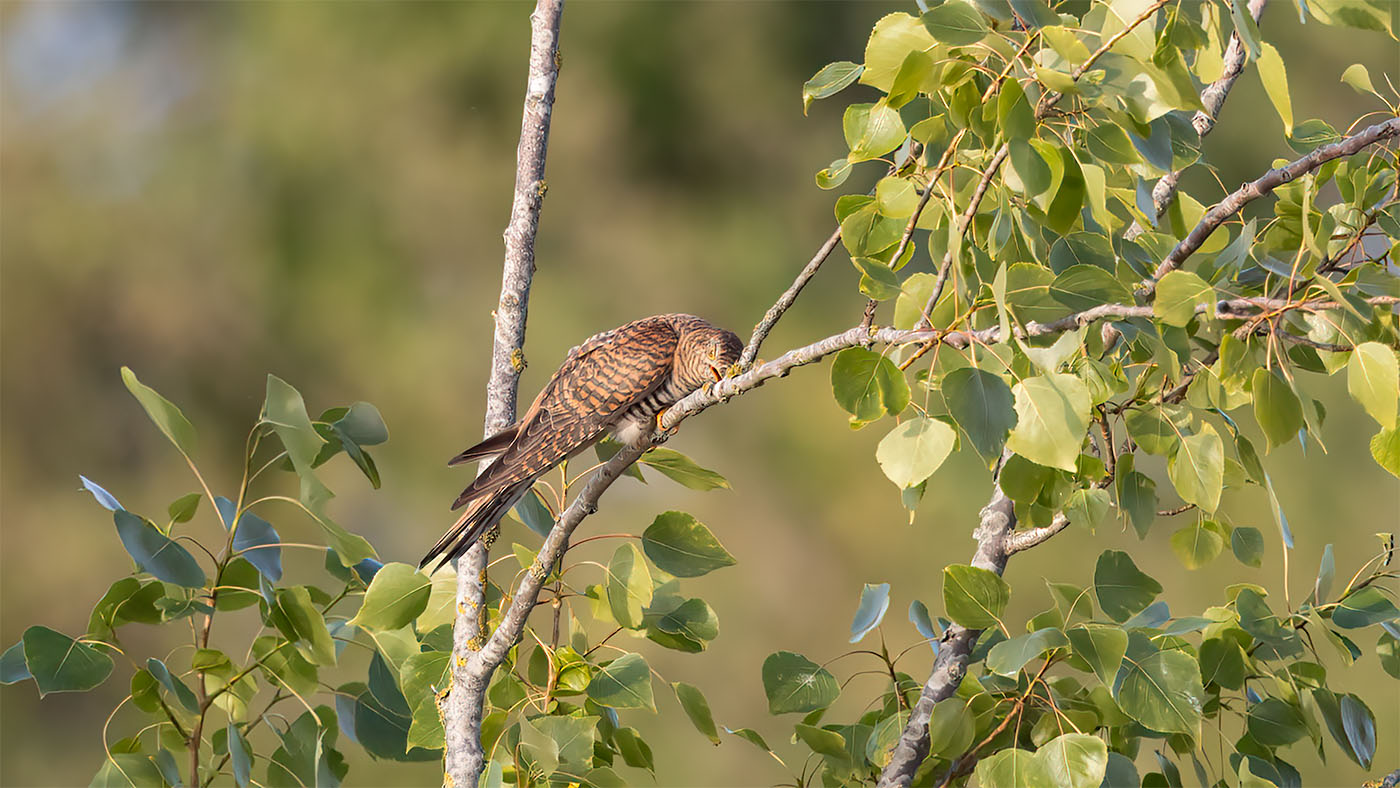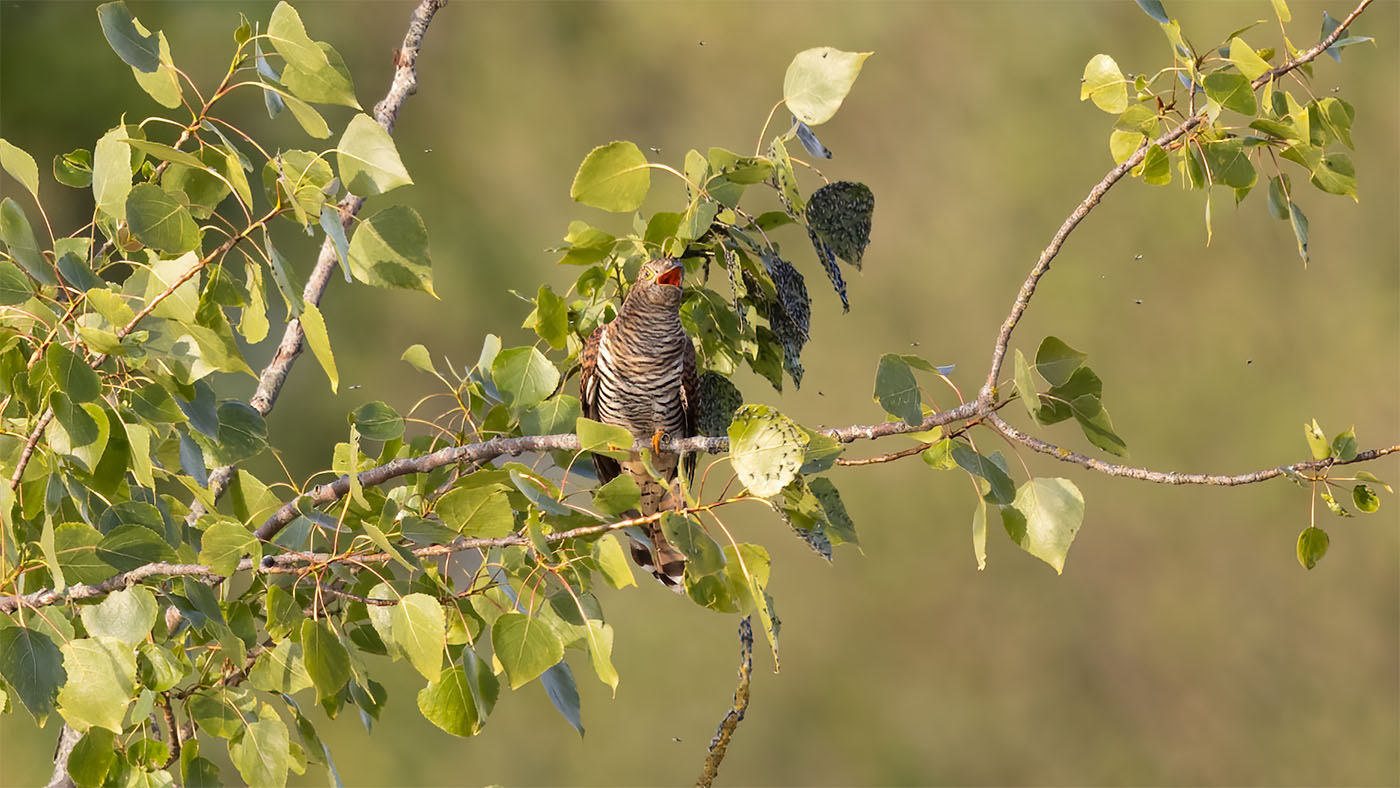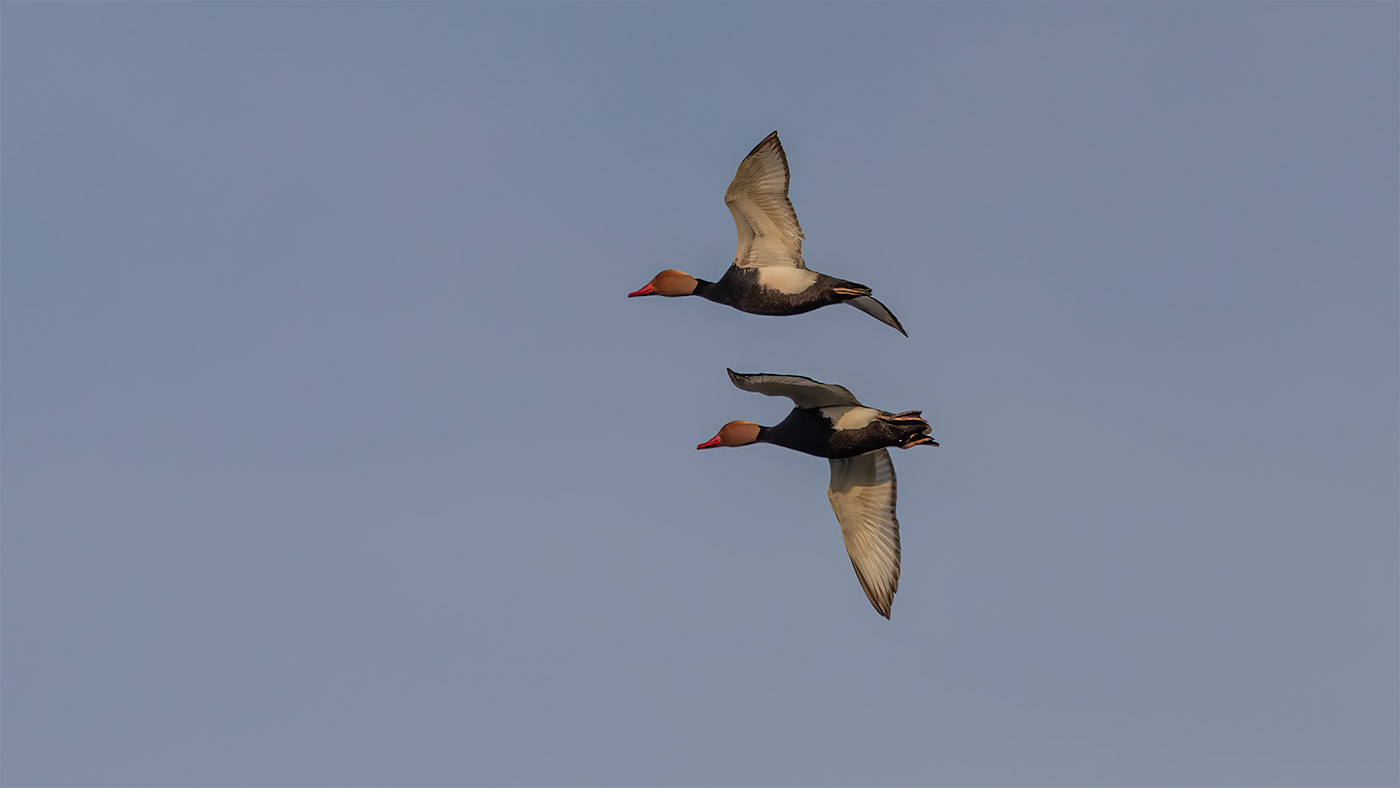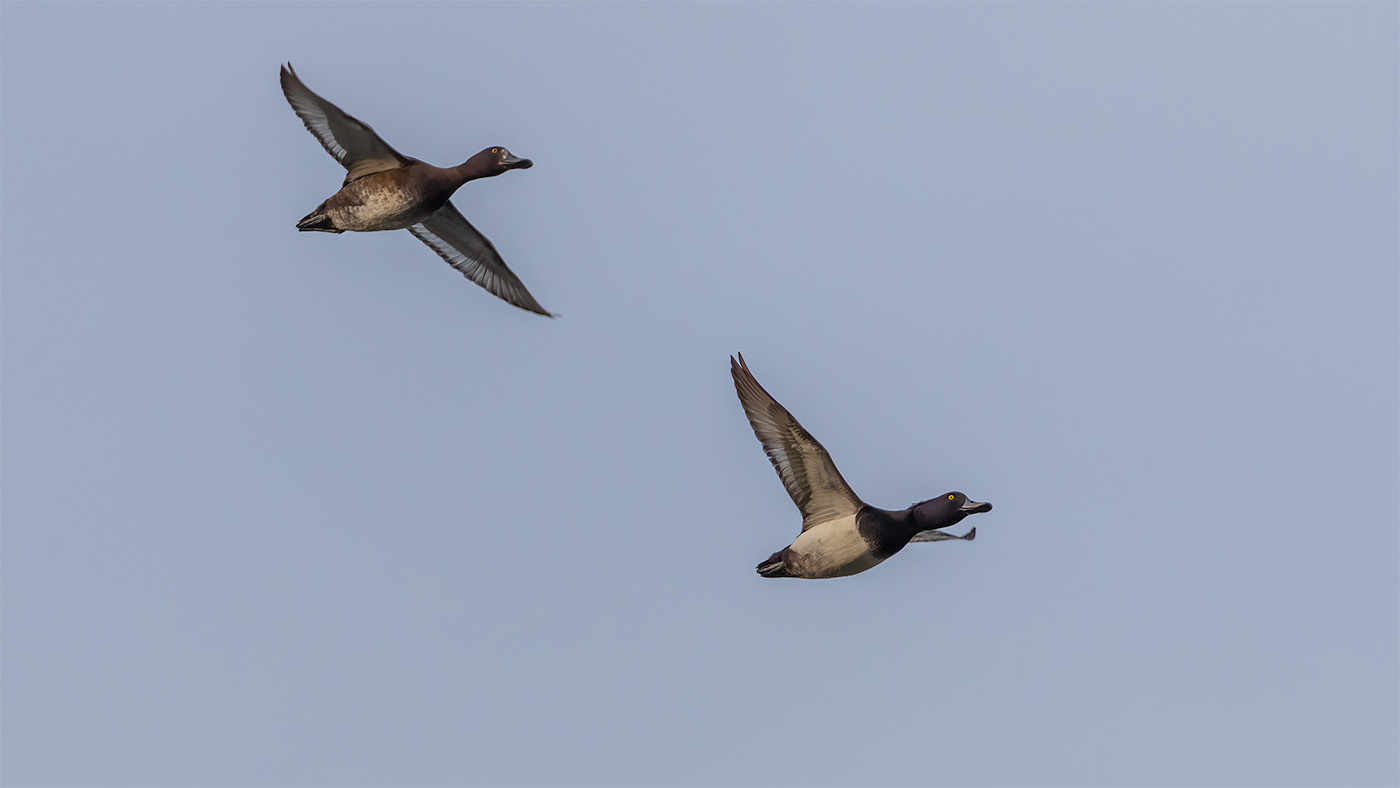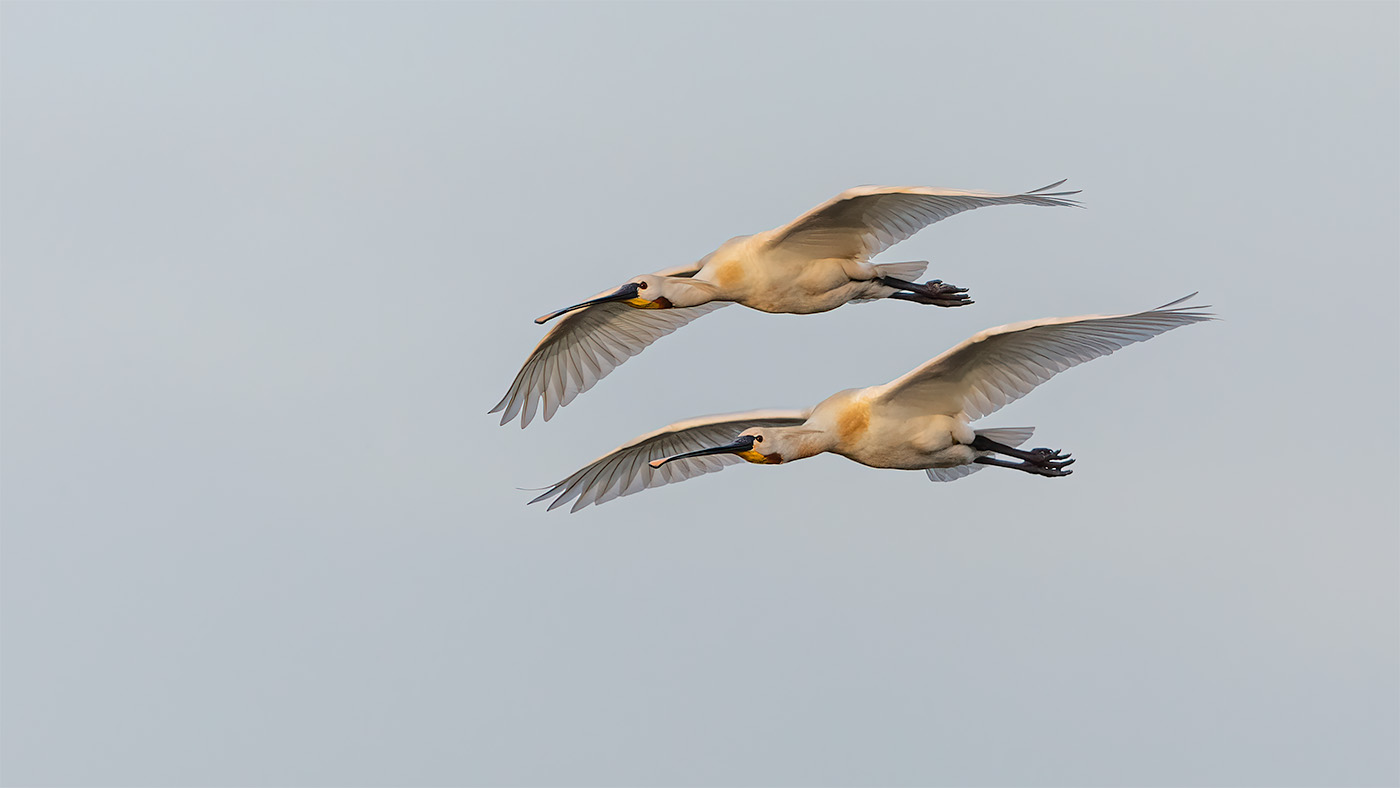Daily blog 2022
22-05-2022 - Roseate Tern
Yesterday the Roseate Tern was reported late. We were too tired to pick to go and assumed it would still be there the next day.
Around 8 o'clock in the morning we leave for the Putten near Schoorl in the hope that the Roseate Tern is still there. On the way the bird is reported so that gave a good feeling. A little later a Woodchat Shrike was also reported in almost the same spot.
Upon arrival, there is no one except a photographer at the site of the Roseate Tern. The bird has not been seen for quite some time, he said. The scopes are set up and it is Maartje who finds the Tern almost immediately. The Roseate Tern is preening and not long after takes off. Despite the bright backlight, some records can still be taken.
My attention now turns to the Woodchat Shrike. The bird occasionally flies by at eye level, according to Arnaut Linckens. A great opportunity to try out the R3. I had to search for a while because the Woodchat Shrike was very flighty. Indeed, I managed to make some nice records. The R3's auto tracking works exceptionally well to track this smaller bird.
With the target species in the pocket, we decided to drive to the Flevopolder for a Short-toed Snake Eagle that has been here for a few days. A Baillon's Crake was also reported that night in the polder, so it could be taken along.
The Short-toed Snake Eagle was found fairly quickly from the Grote Praambult. Unfortunately too far for a photo opportunity. We now drove to the site of the Baillon's Crake. It was the middle of the day and the chances were therefore not optimal, but who knows. We parked the car and had to walk a little over a kilometer.
Here we met Martijn van der Meij who had already heard the Baillon's Crake. It was not long before we also heard the courtship call. The bird was very close in the reeds and could occasionally be seen through the reeds. We stayed here for a few hours and enjoyed the courtship call that we had never heard so close.
Today 3 new species for the annual list that is now at 289.
21-05-2022 - Busy day
At half past two in the morning we get up and drive to Lelystad for the Eurasian Scops Owl present there. The ride goes quickly and we are at the place where the owl was last heard. It wasn't long before the courtship call was heard not too far away. We walked to the place and were able to make a nice sound recording. The Eurasian Scops Owl moved regularly and unfortunately we didn't get to see it.
After an hour or so we drove on to Castricum for the Common Rosefinch that has been there for a while. We arrived at dusk and decided to wait in the car until it got light. Meanwhile we enjoyed the song of the many Common Nightingales.
The light began to improve and the search for the Common Rosefinch could begin. It took a while and it was Maartje who first heard the Common Rosefinch sing. It became lighter and the conditions for photos better. The Common Rosefinch moved a lot further to the north and could be viewed excellently there. He chased the European Greenfinches away from the highest singing spots. After 2 hours of enjoyment it was time to do something else.
We actually had the Pectoral Sandpiper in mind at the Bochtjesplaat in the Lauwersmeer, but because it had not yet been reported we decided to drive back to Uden. We were not home long and we received an app from Herman van de Brand that there was a Pectoral Sandpiper near Zevenhuizen.
There was no doubt and we immediately drove to Zevenhuizen. On arrival the Pectoral Sandpiper was not too far away and we were able to view and photograph it nicely.
Alwin, Donny and the Dijsselbloempjes had also arrived and together we decided to try the Little Bitterns. We were lucky because almost immediately upon arrival I discovered a Little Bittern in the reeds not far from us.
In the morning a Montagu's Harrier was discovered on our migration site, the Brobbelbies Noord, and it turned out to be still present. A nice strain to end the day. The Dijsselbloempjes decided to join us. Once at the migration site, the Montagu's Harrier was quickly found. It turned out to be a second calendar year male, a rare garment for the Netherlands. The Harrier was busy hunting in the fields around the migration site and disappeared from view.
Our attention was now focused on a Red Kite that flew towards us. A second Red Kite was also discovered and the birds seemed to show some sort of courtship behaviour. I don't know if Red Kites are courting but it looked like these 2 birds belonged together.
The Red Kites disappeared and it was time to go home. It turned out to be a very nice day with 3 new species for the annual list which now stands at 286 species.
18-05-2021 - Egg Leg Common Cuckoo
Sometimes when you are in the field you experience something that you may only see once in your life. Last year we had such a moment with mating Yellowhammers. This year we witnessed the egg laying of a Common Cuckoo.
A female Common Cuckoo (brown morph) keeps a close eye on the area because of the many nesting Eurasian Reed Warbler. Suddenly she flies up in the direction of the reeds. She flies right at us but through the reeds she gets out of the sight. She stays in the reeds for about 30 seconds before flying back to the same tree. Here we see that she has a Eurasian Reed Warbler egg in her beak. When the Common Cuckoo lays an egg she will always take an egg take of the nest. The Cuckoo then eats this egg. After the meal she is quietly brushing. She moves to another branch and flies away a few minutes later. While flying away we hear the specific egg laying call. The male present nearby receives the signal that there is work to be done again.
It is also a beautiful evening and we enjoy the presence of Bluethroats and Ducks and Spoonbills flying over.

